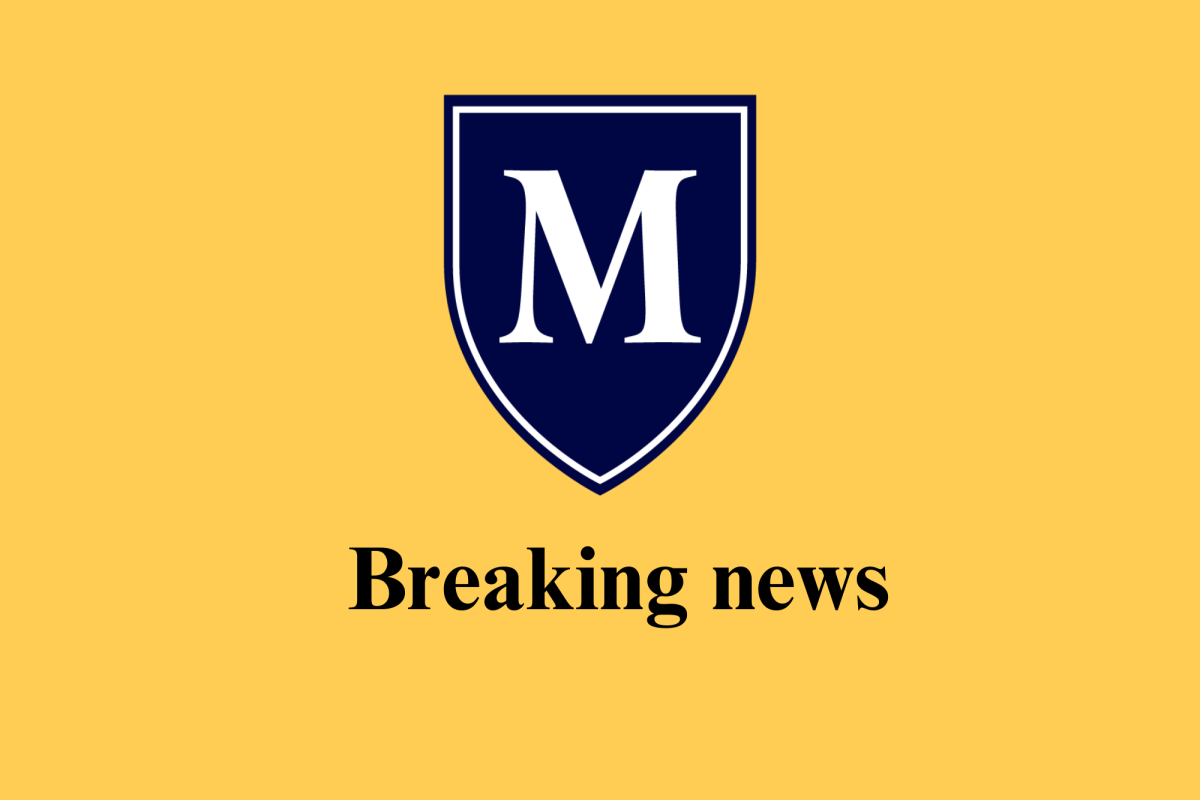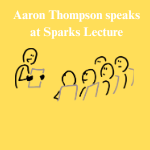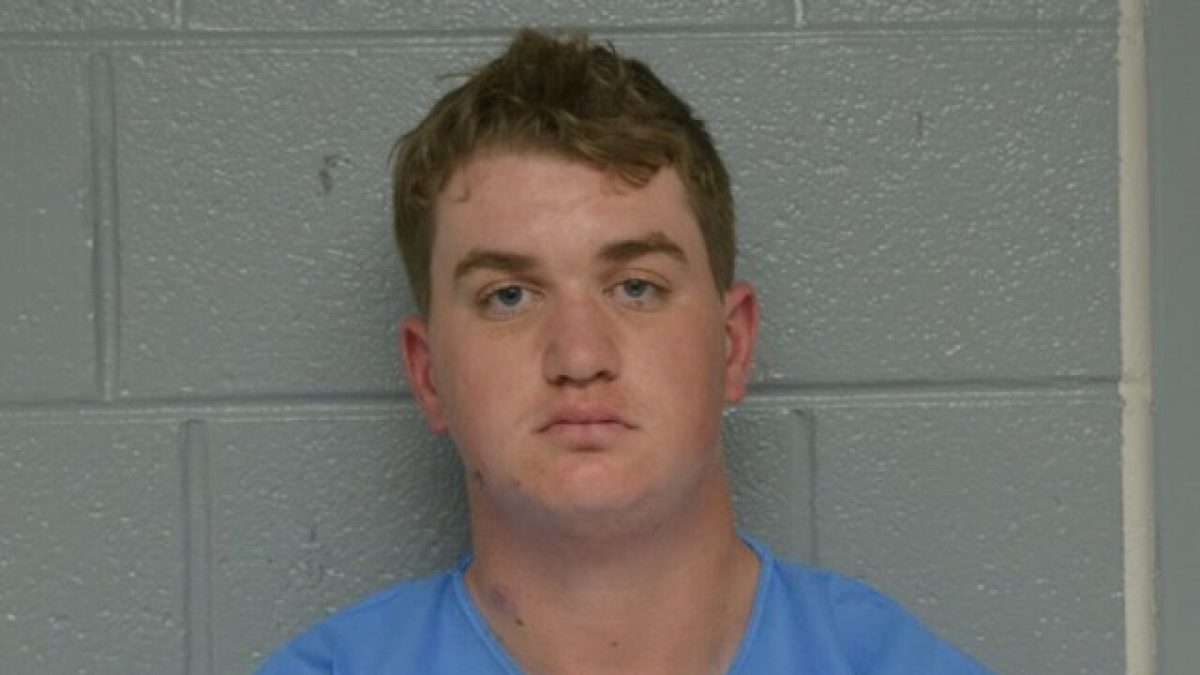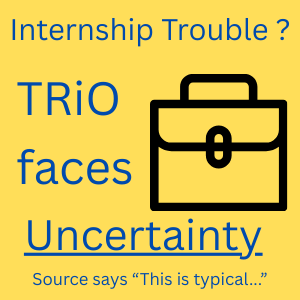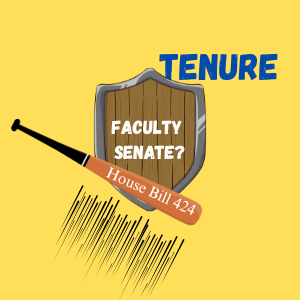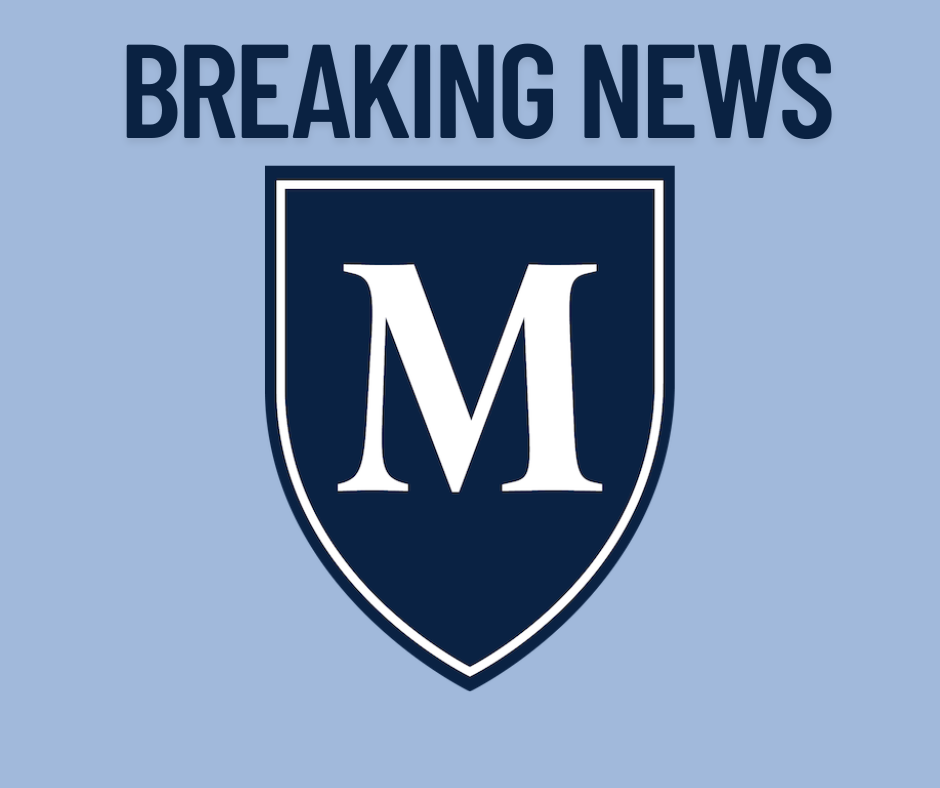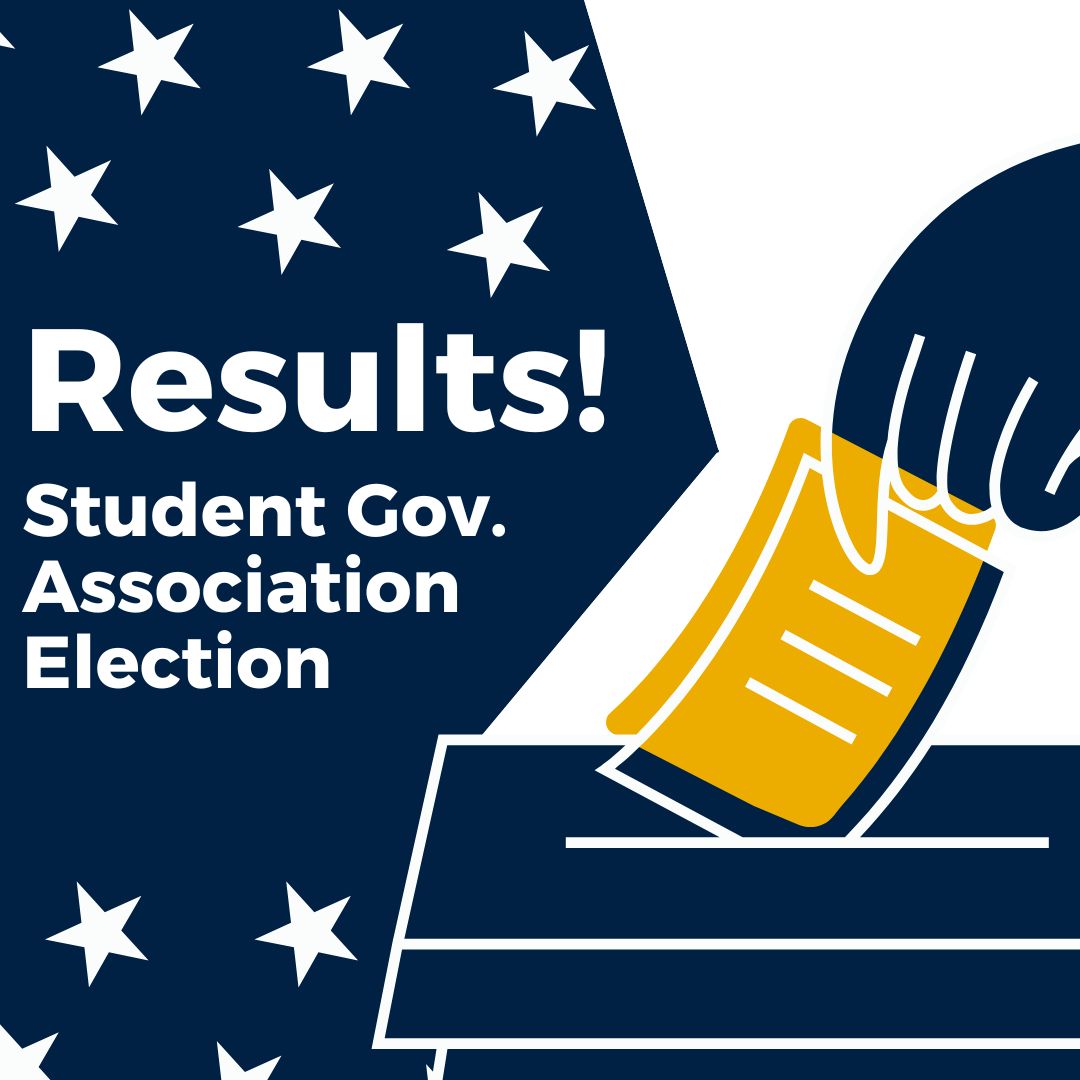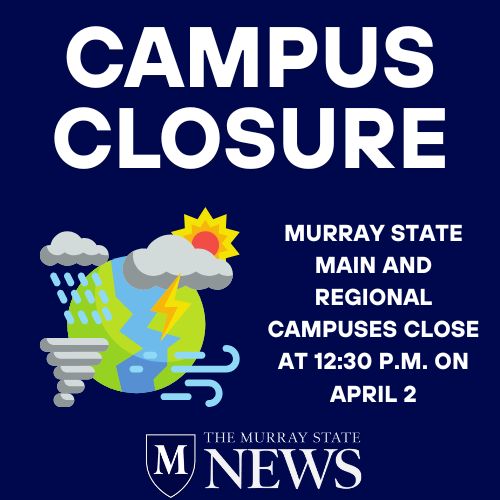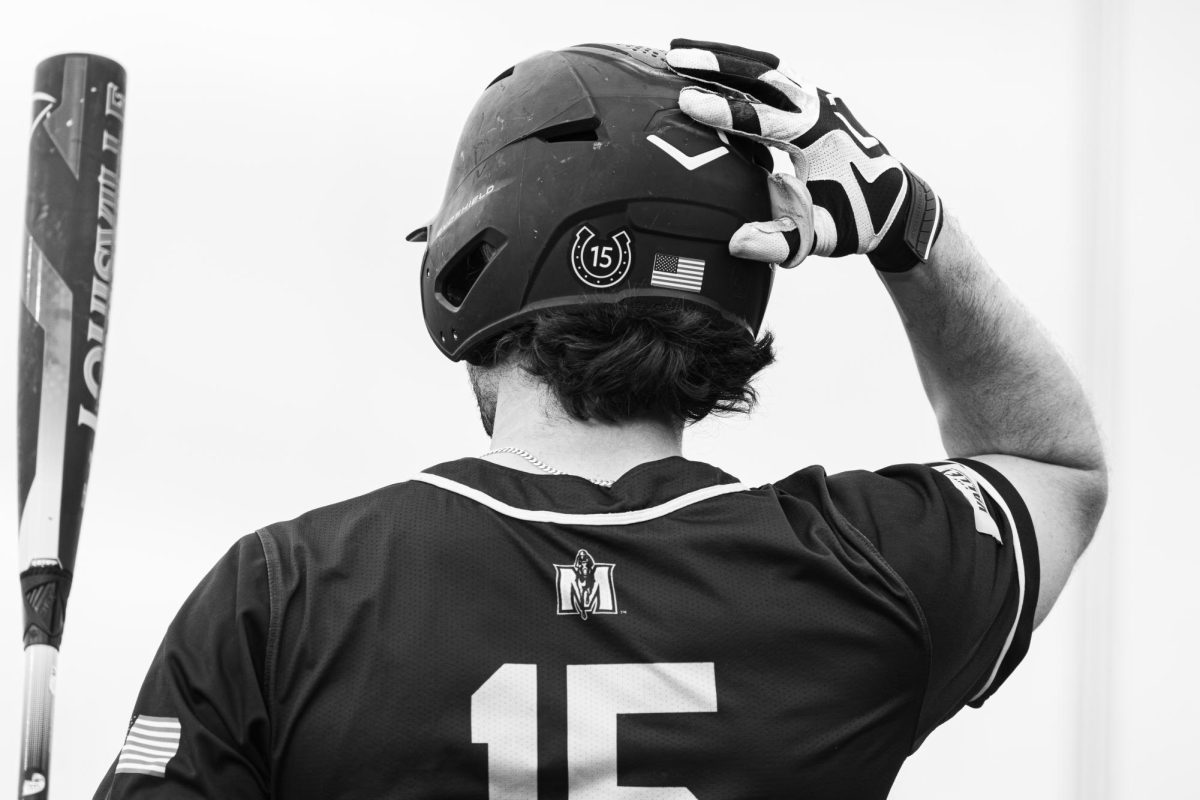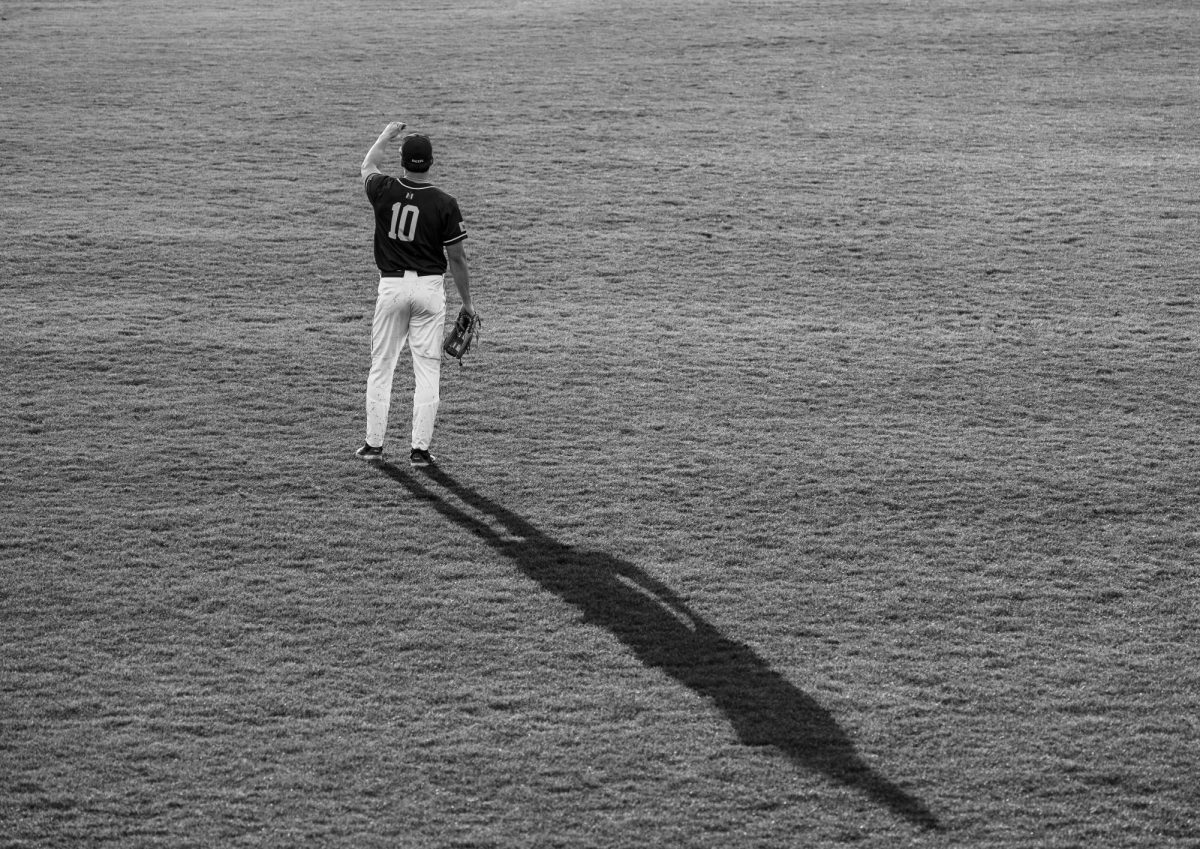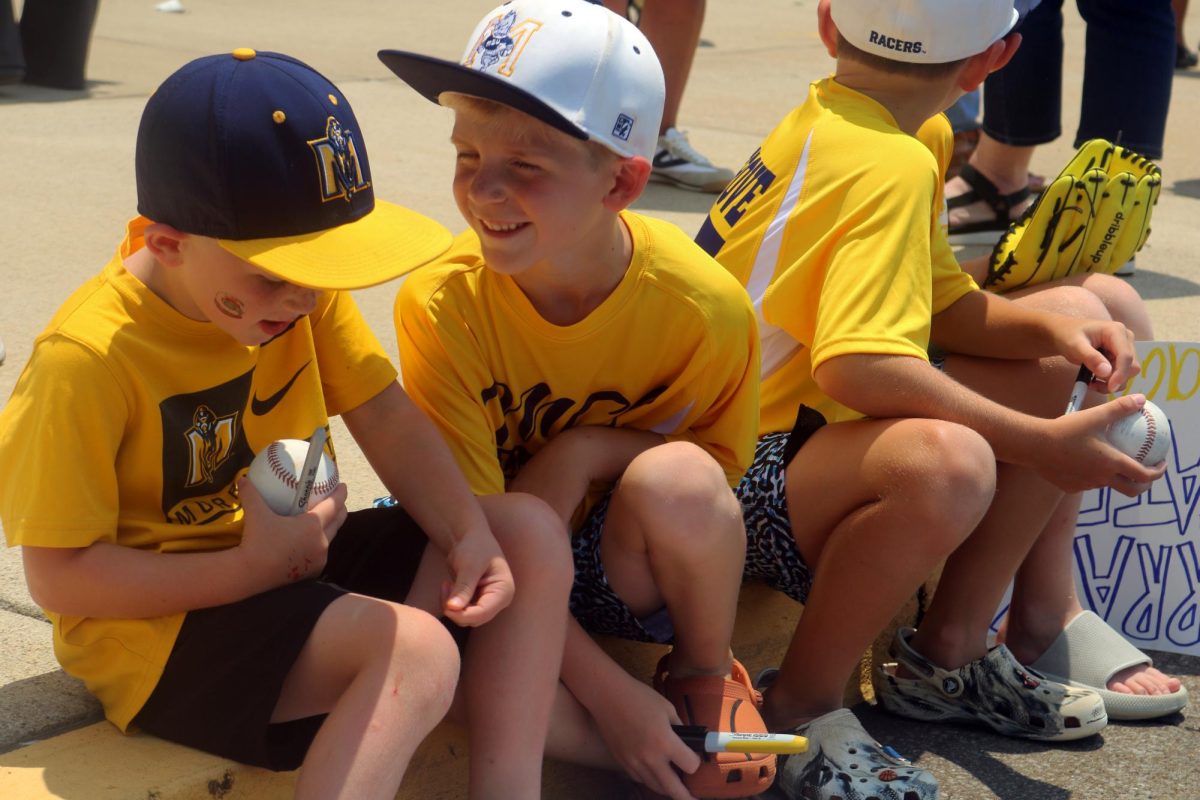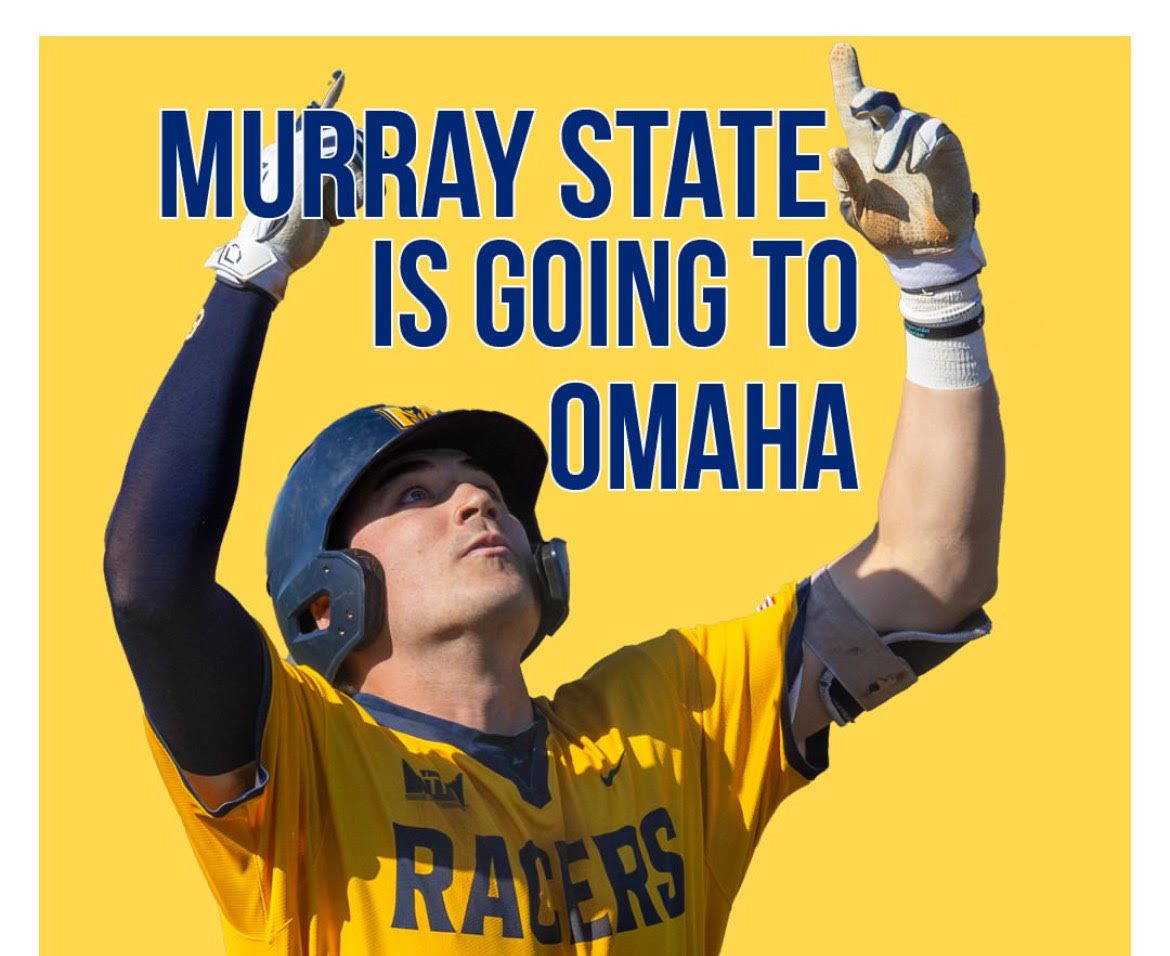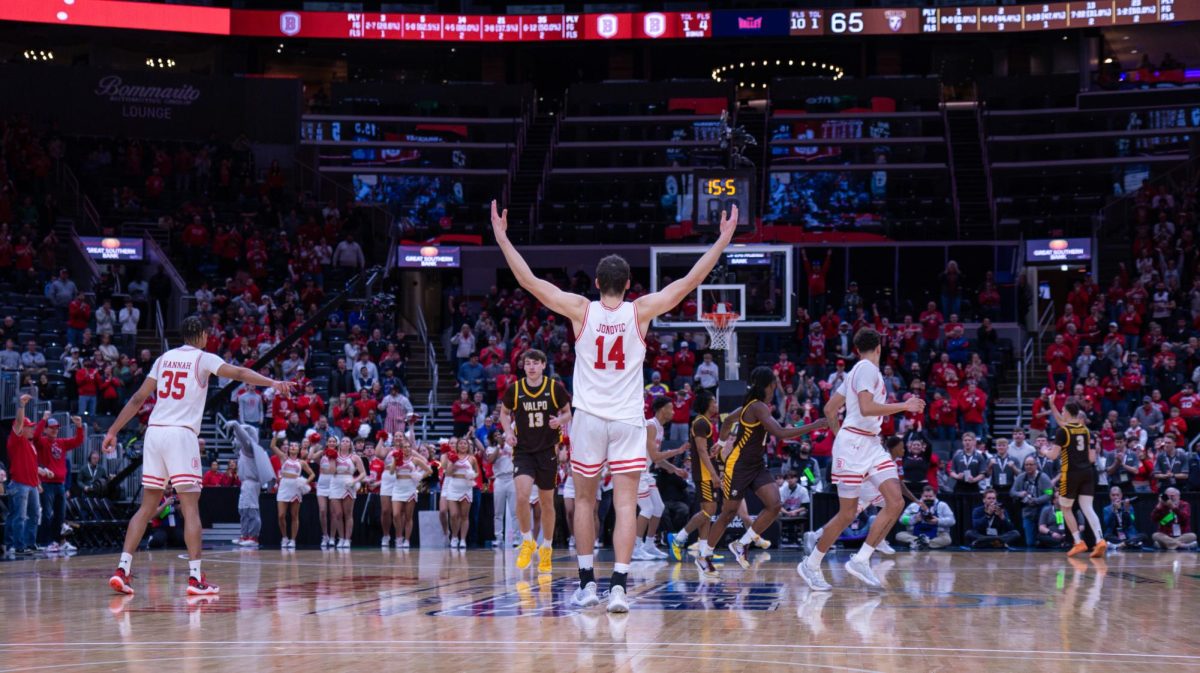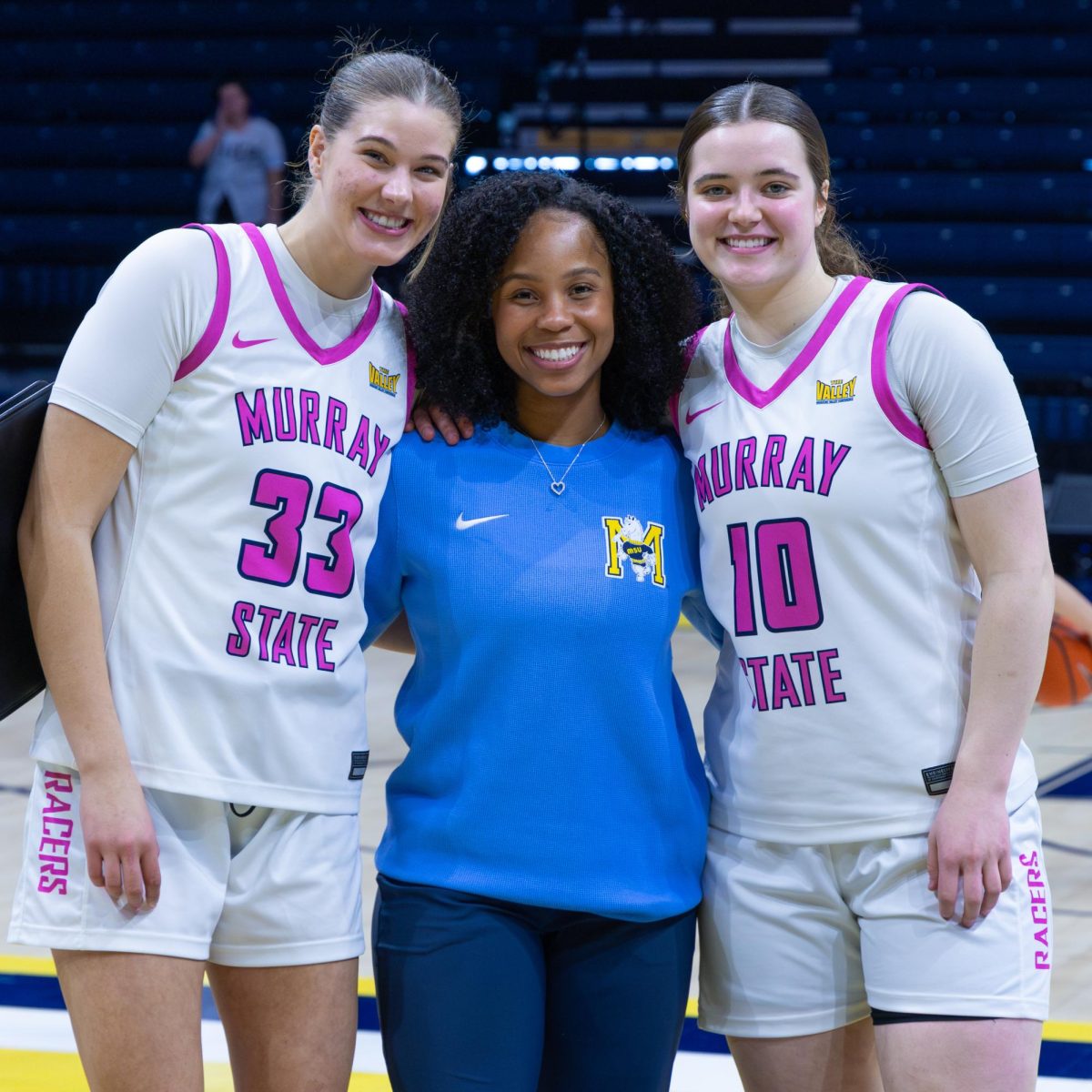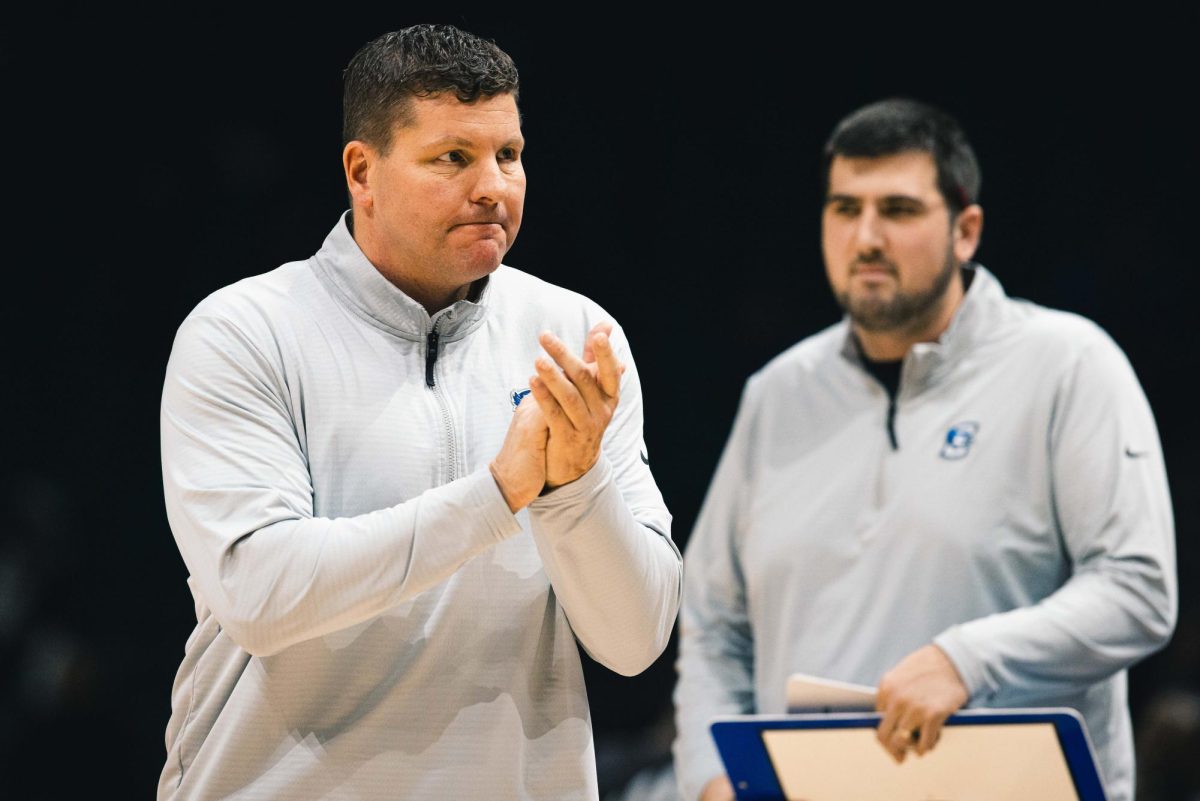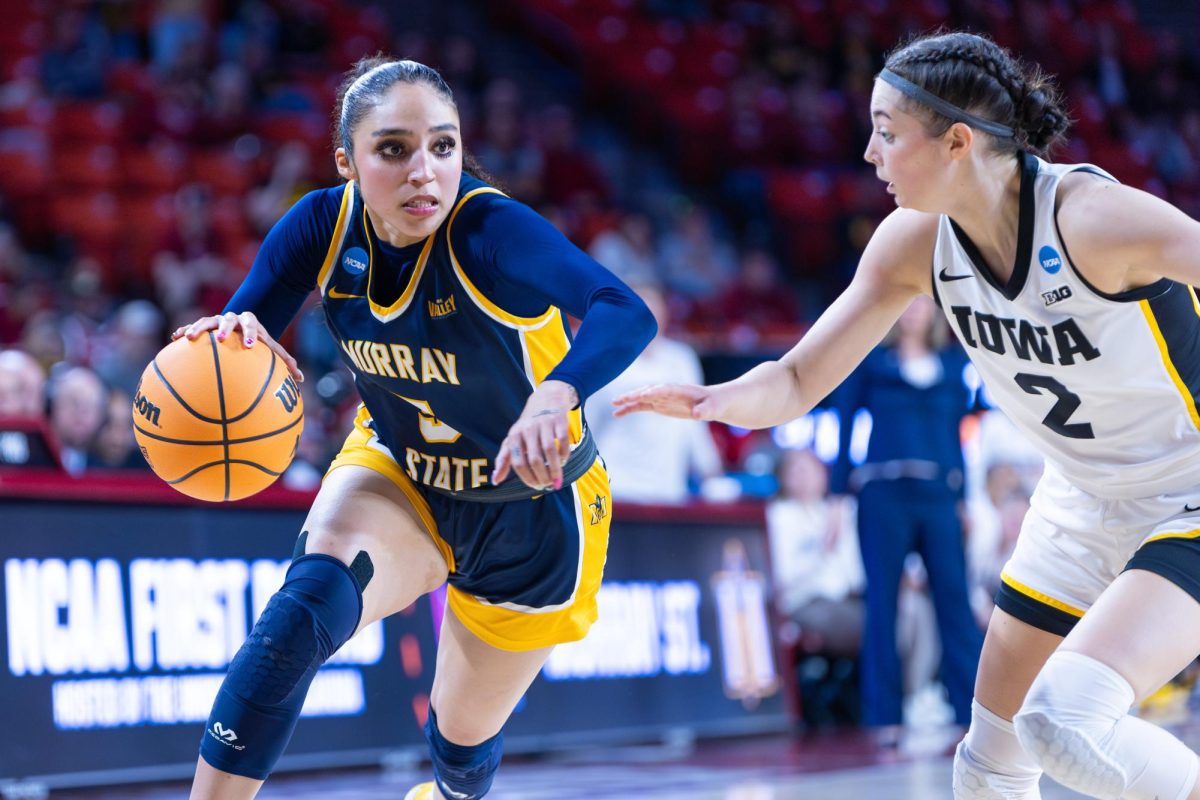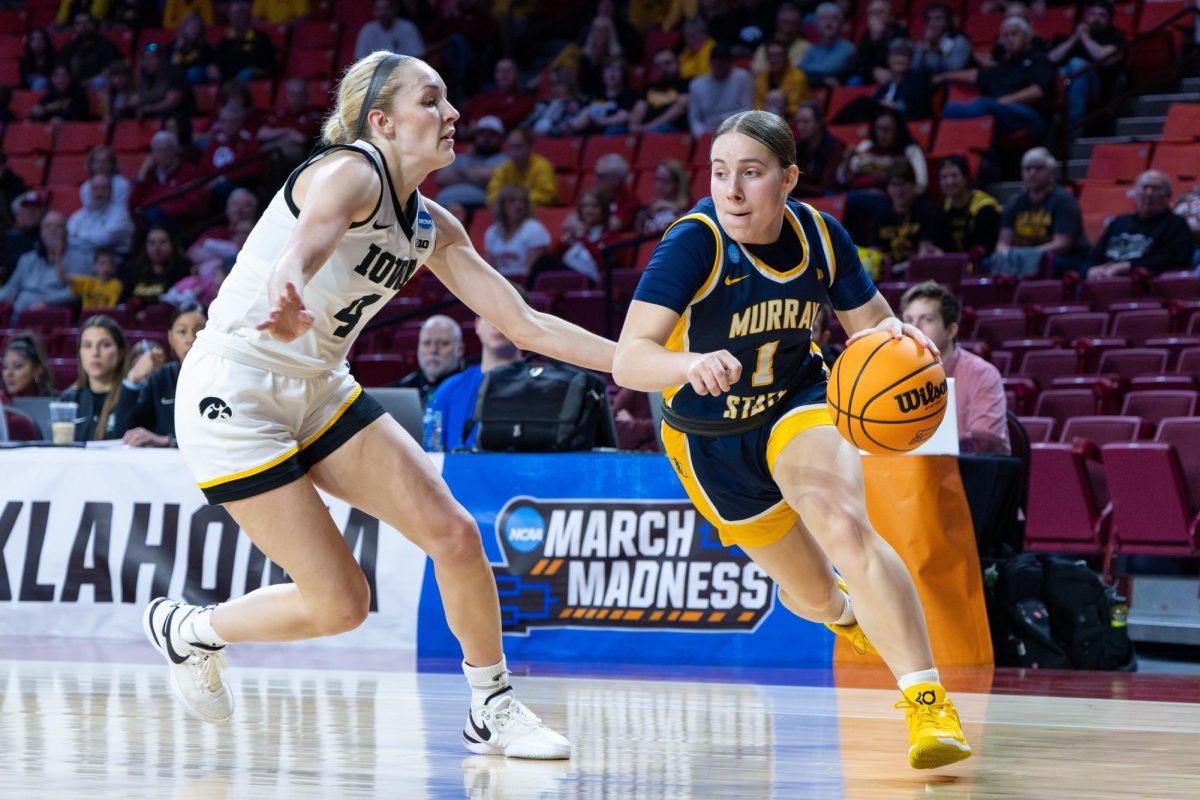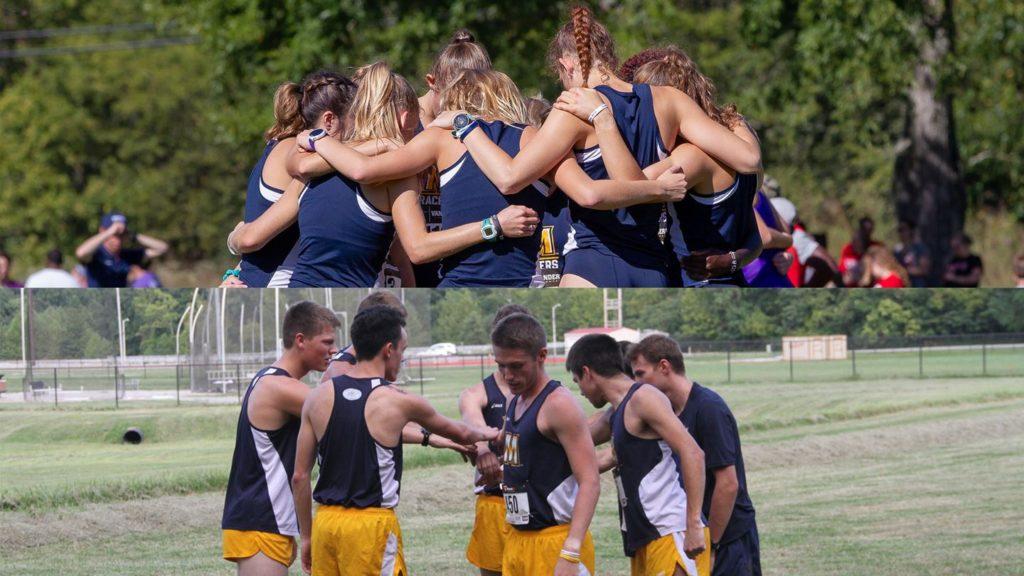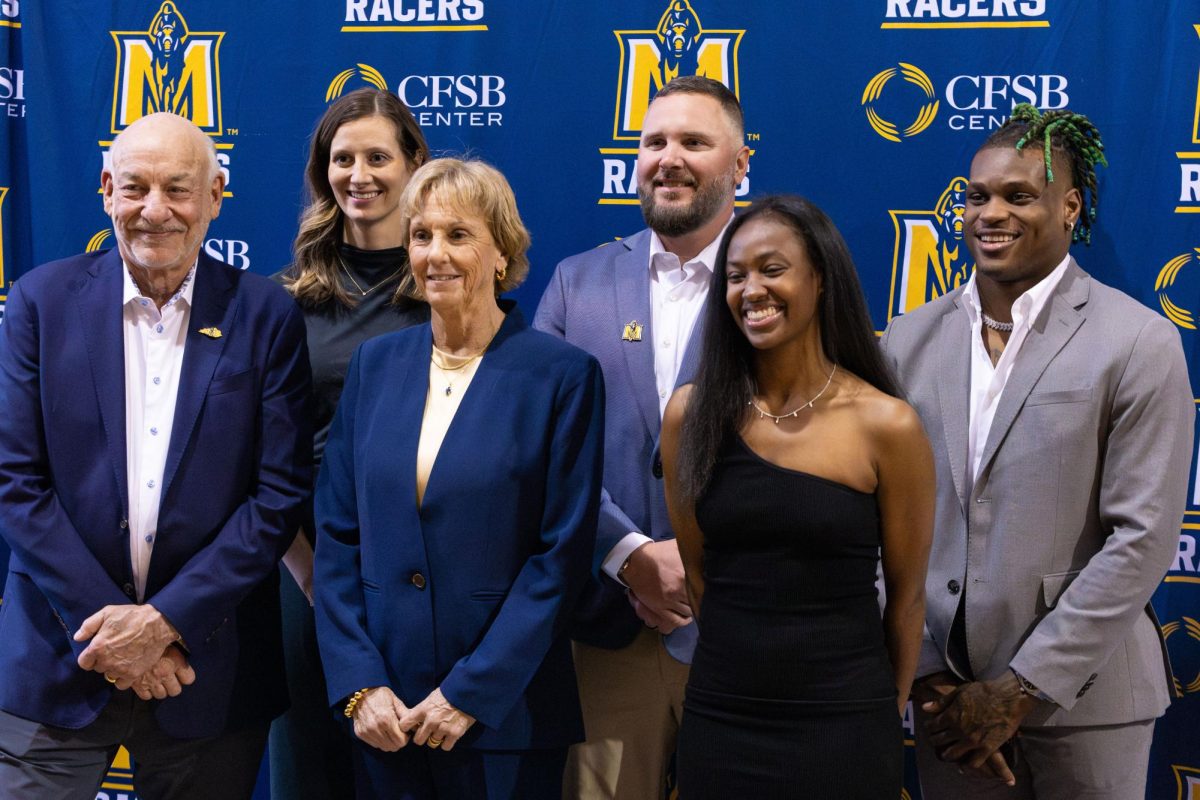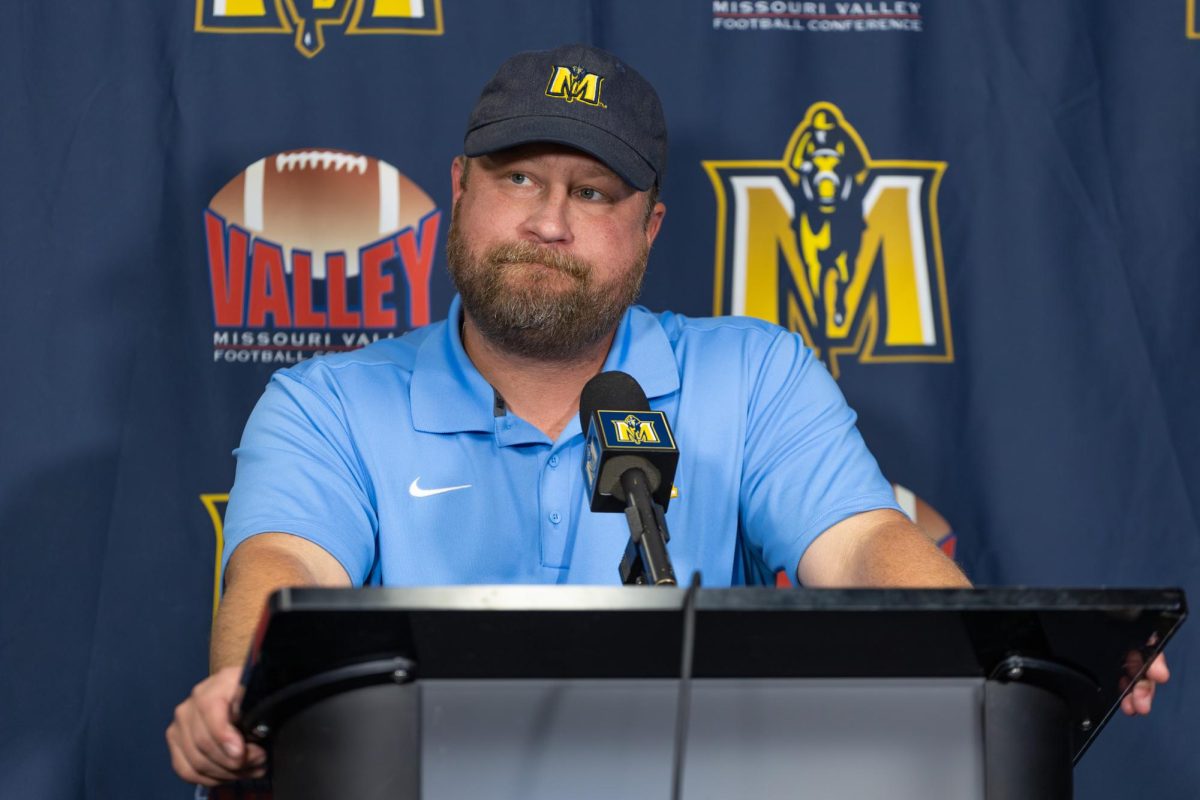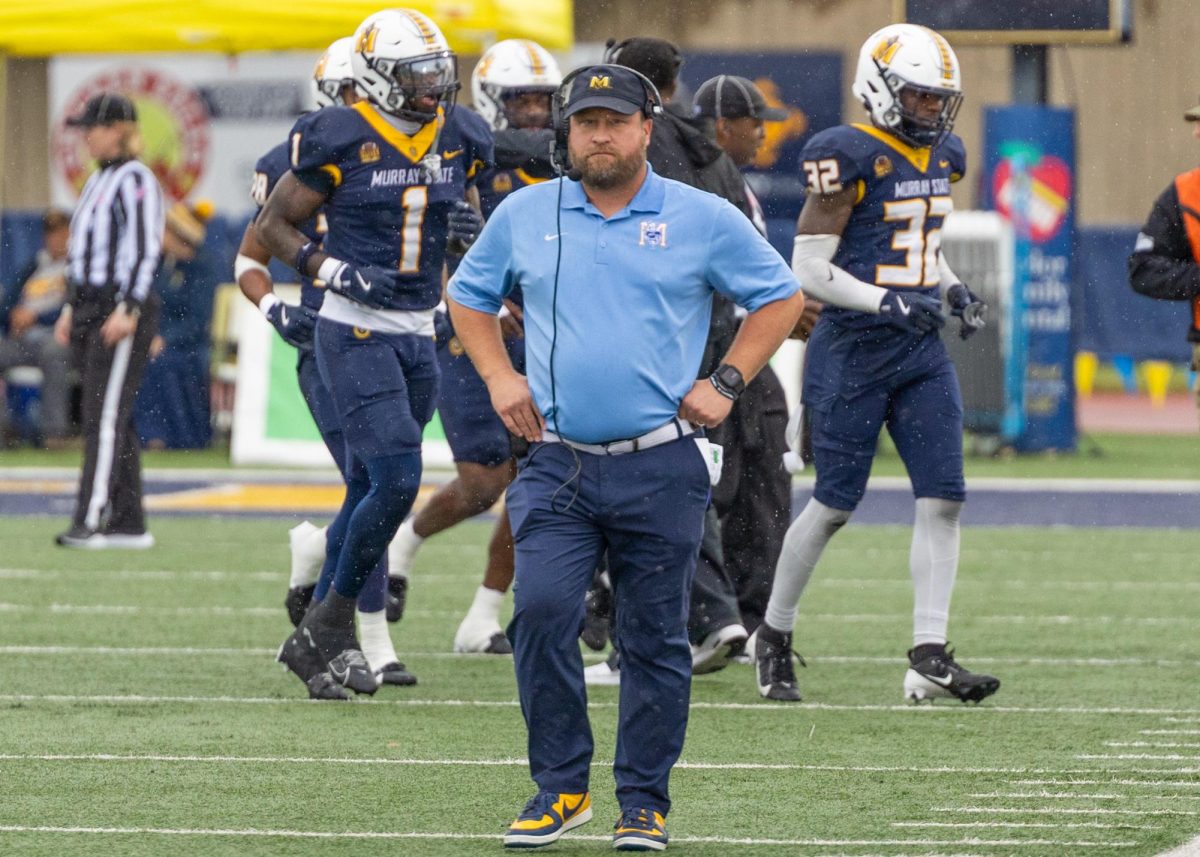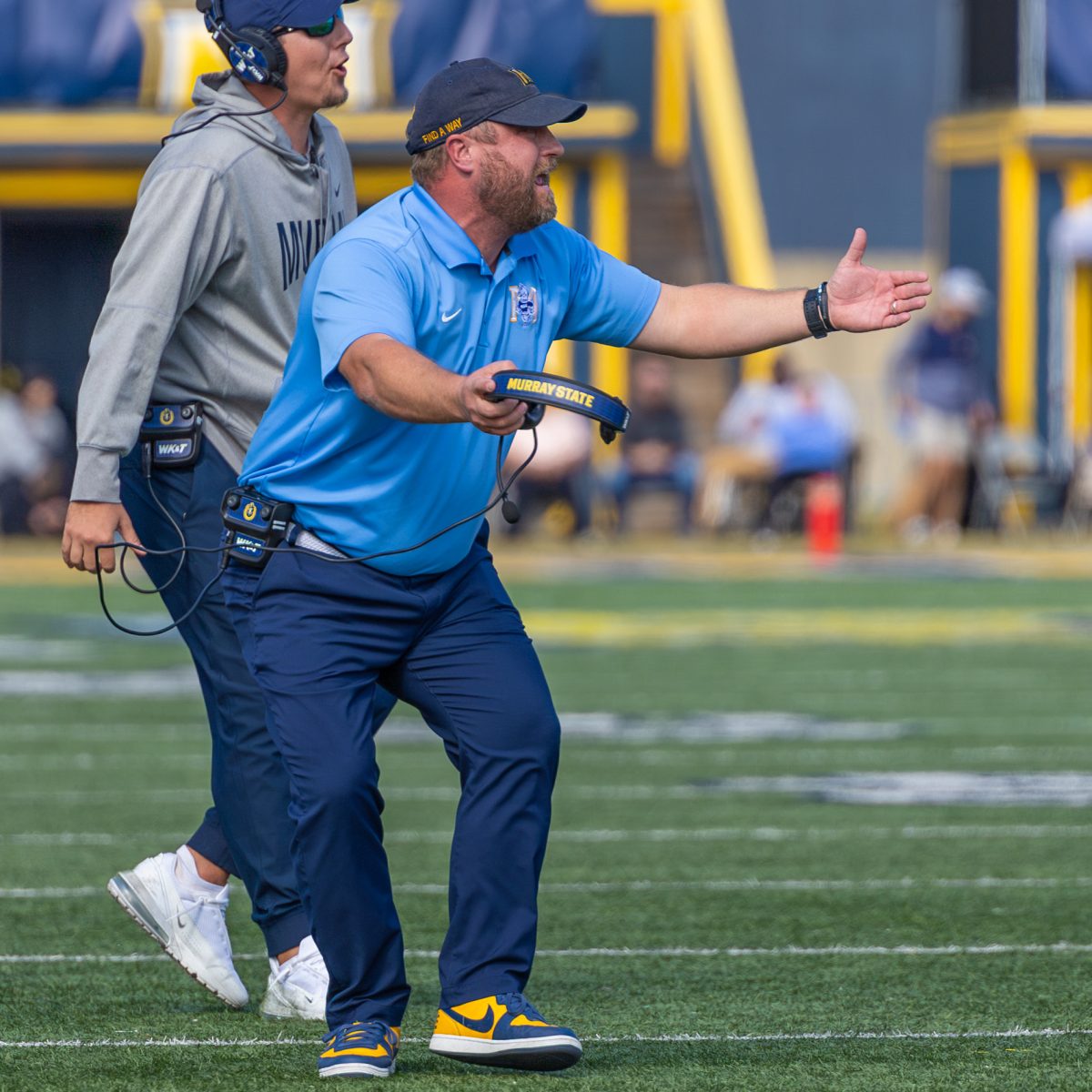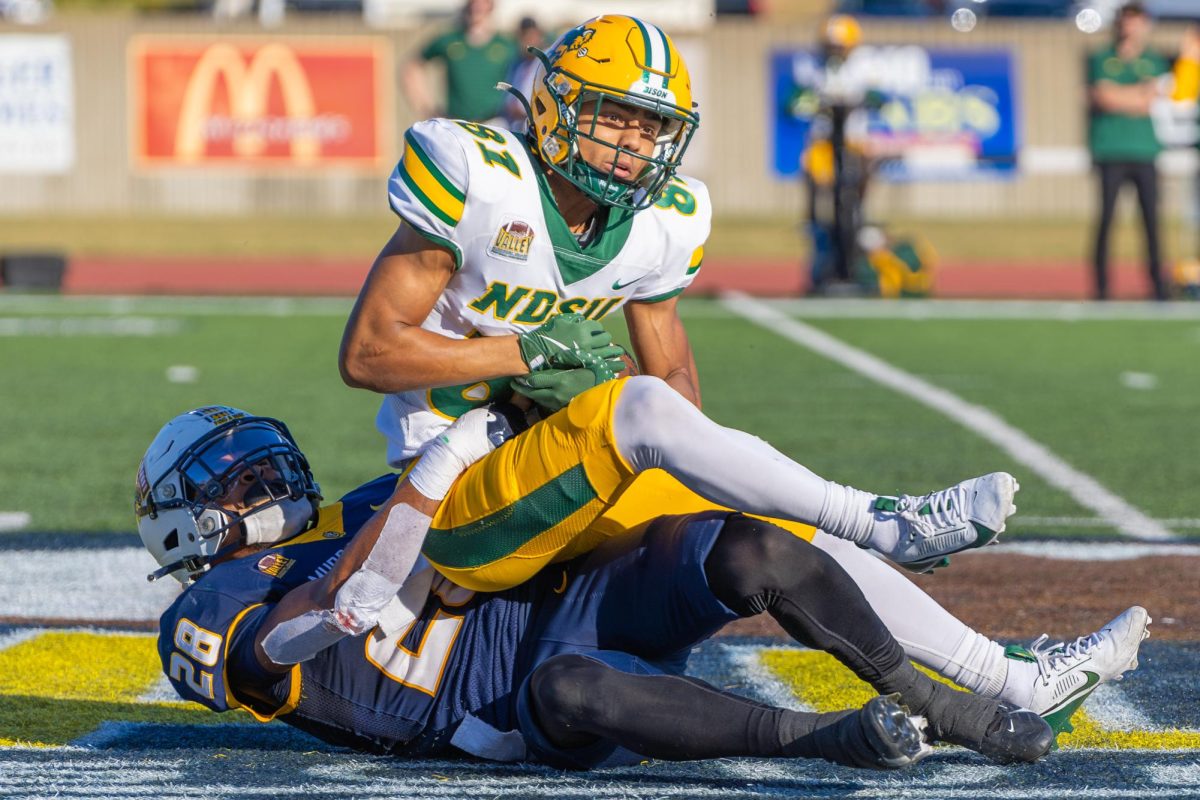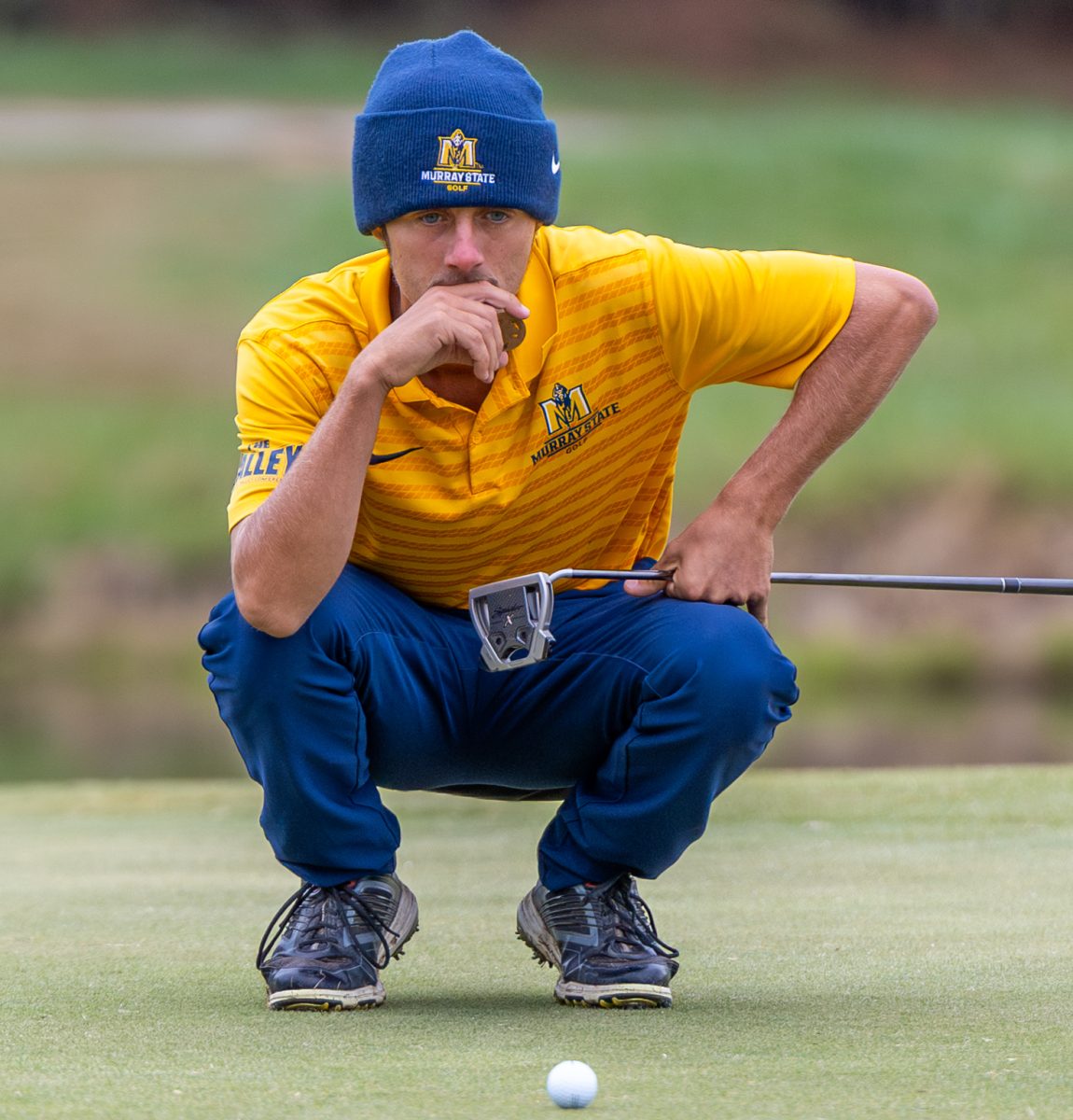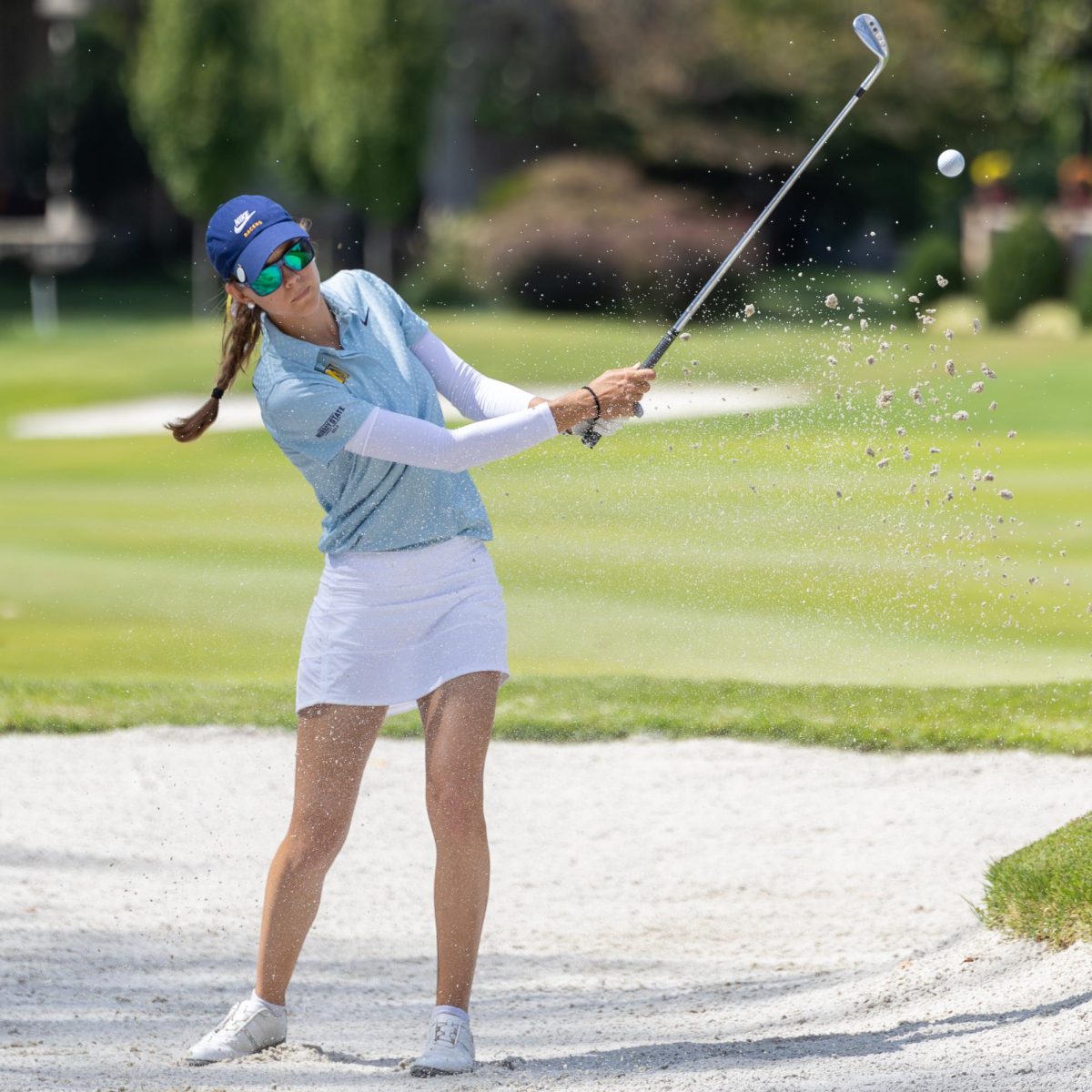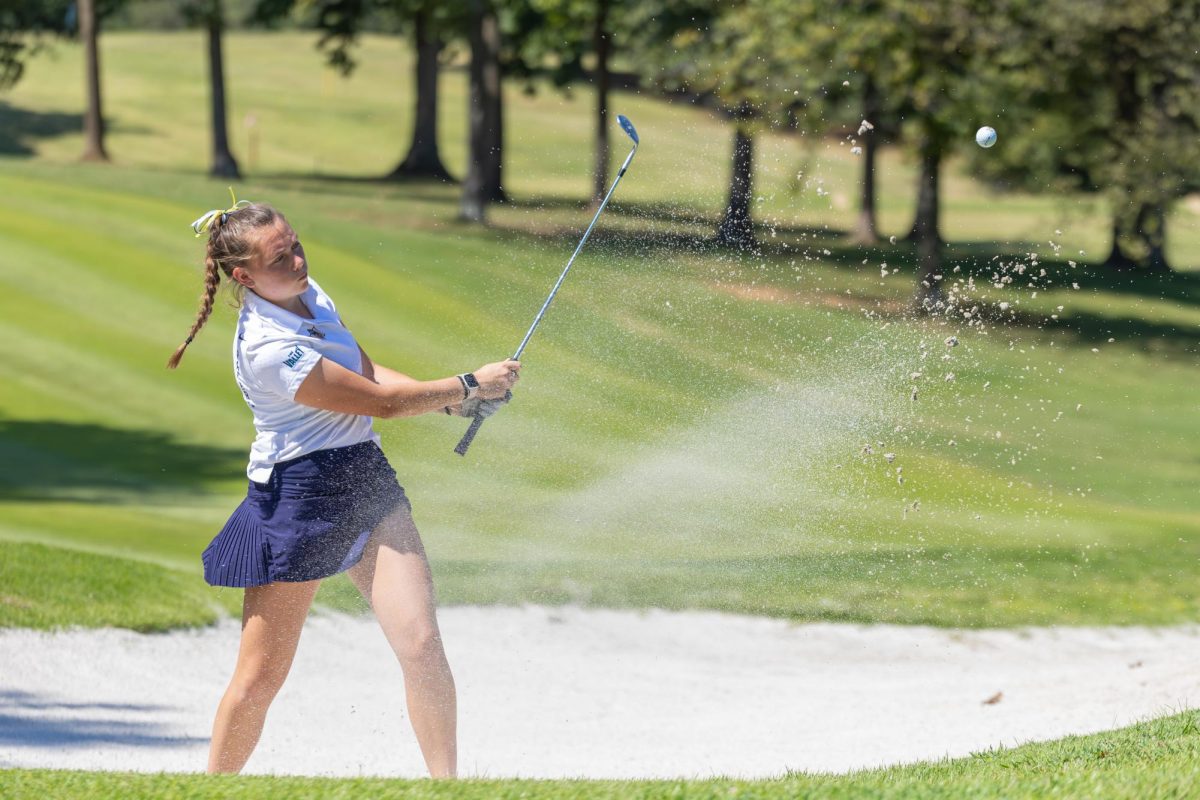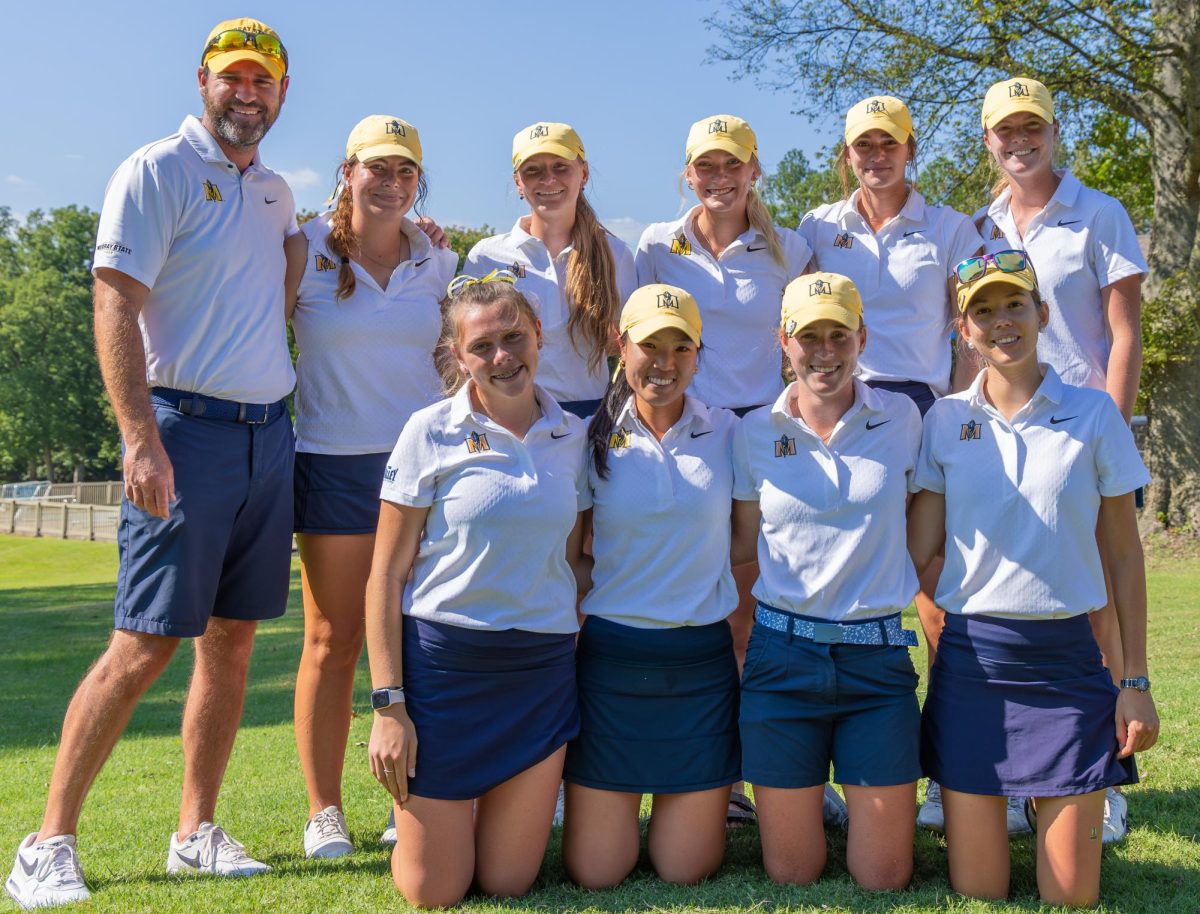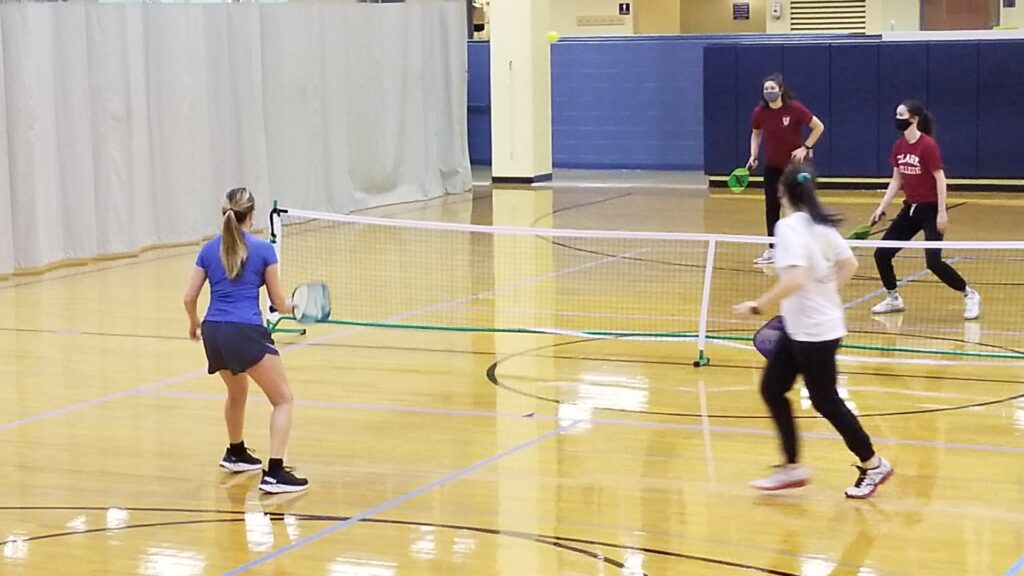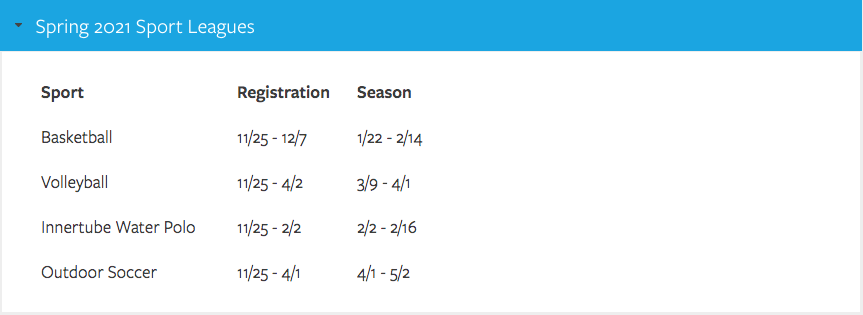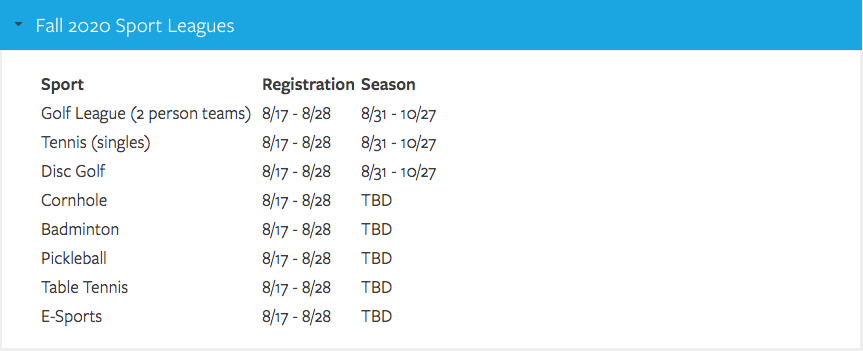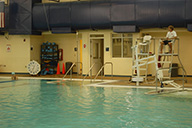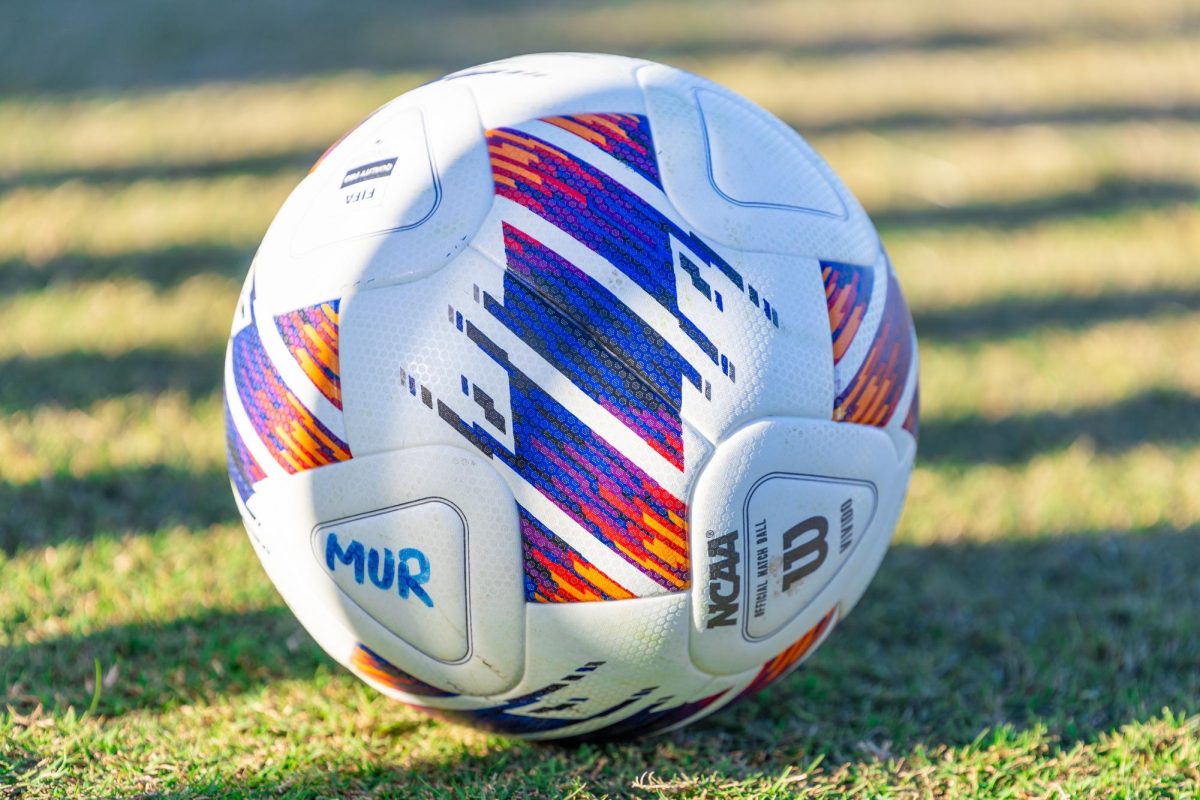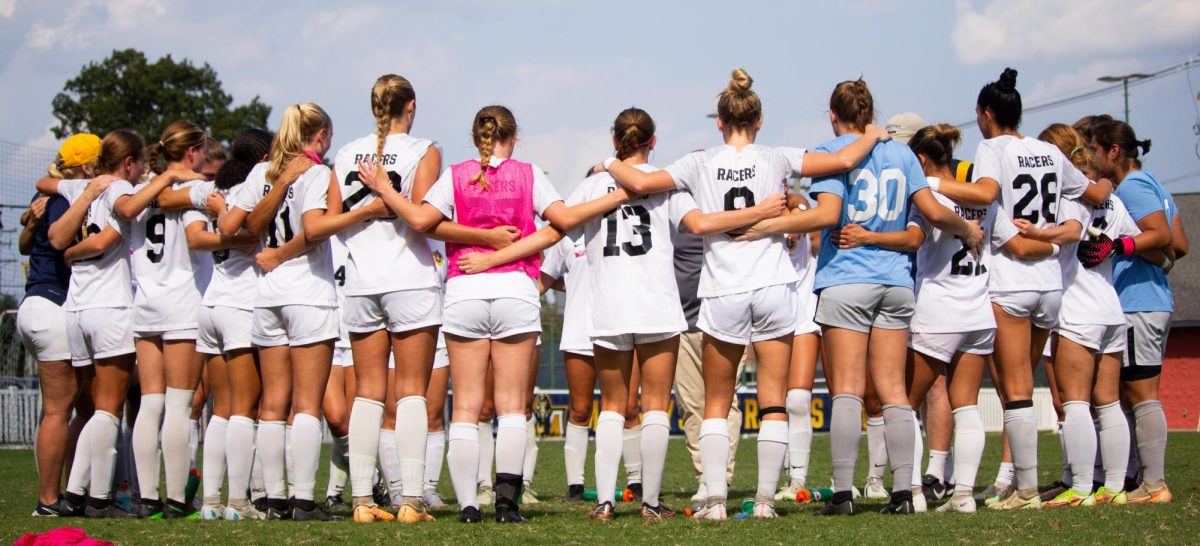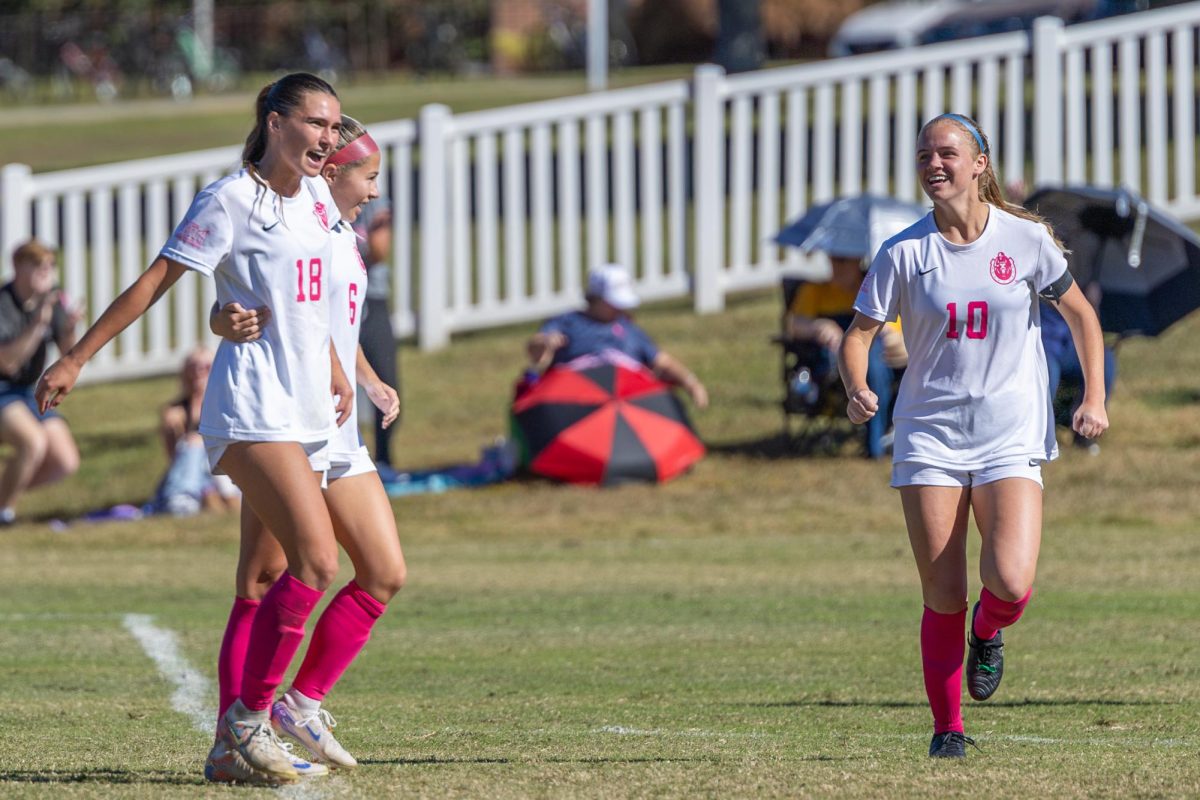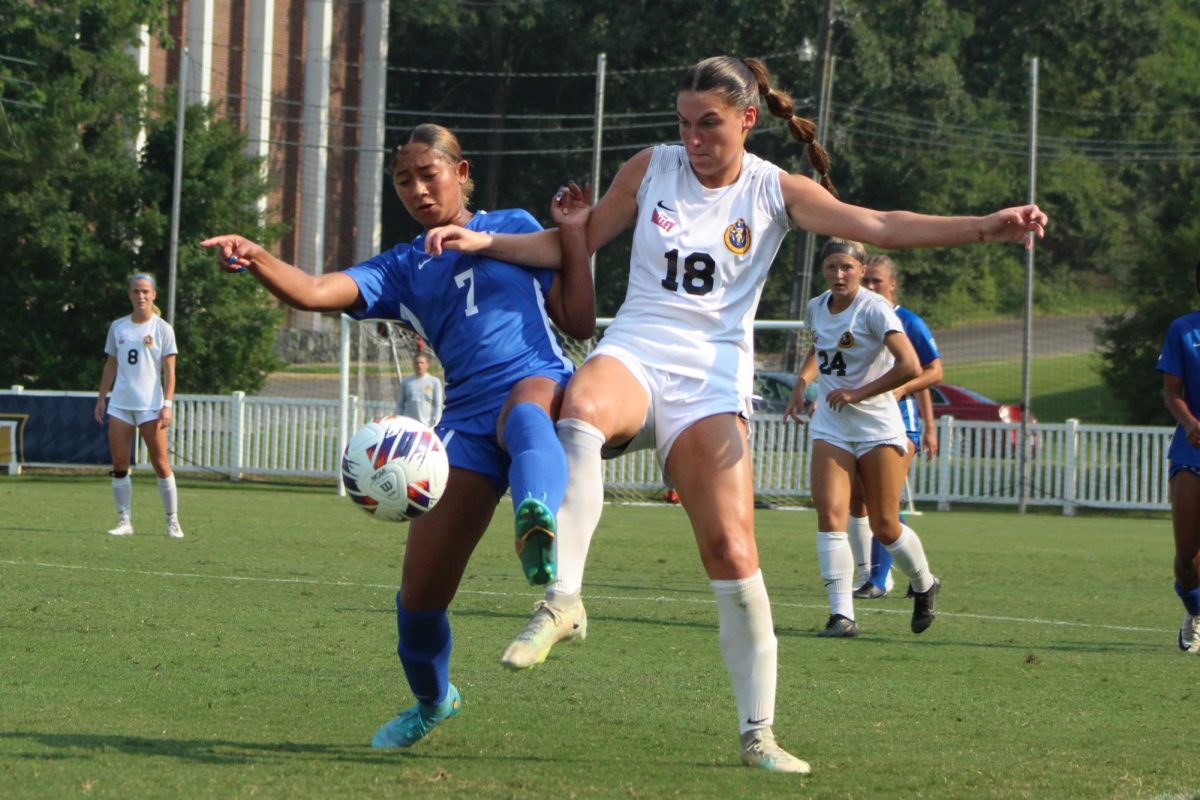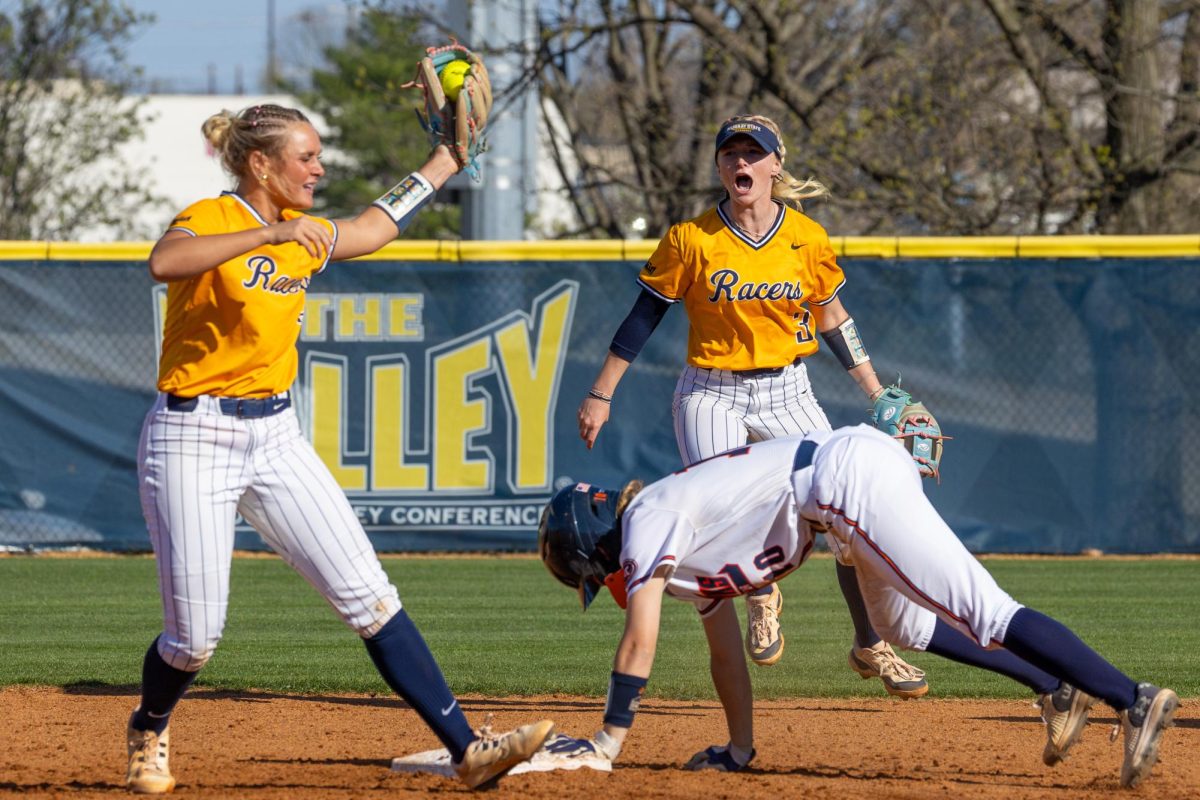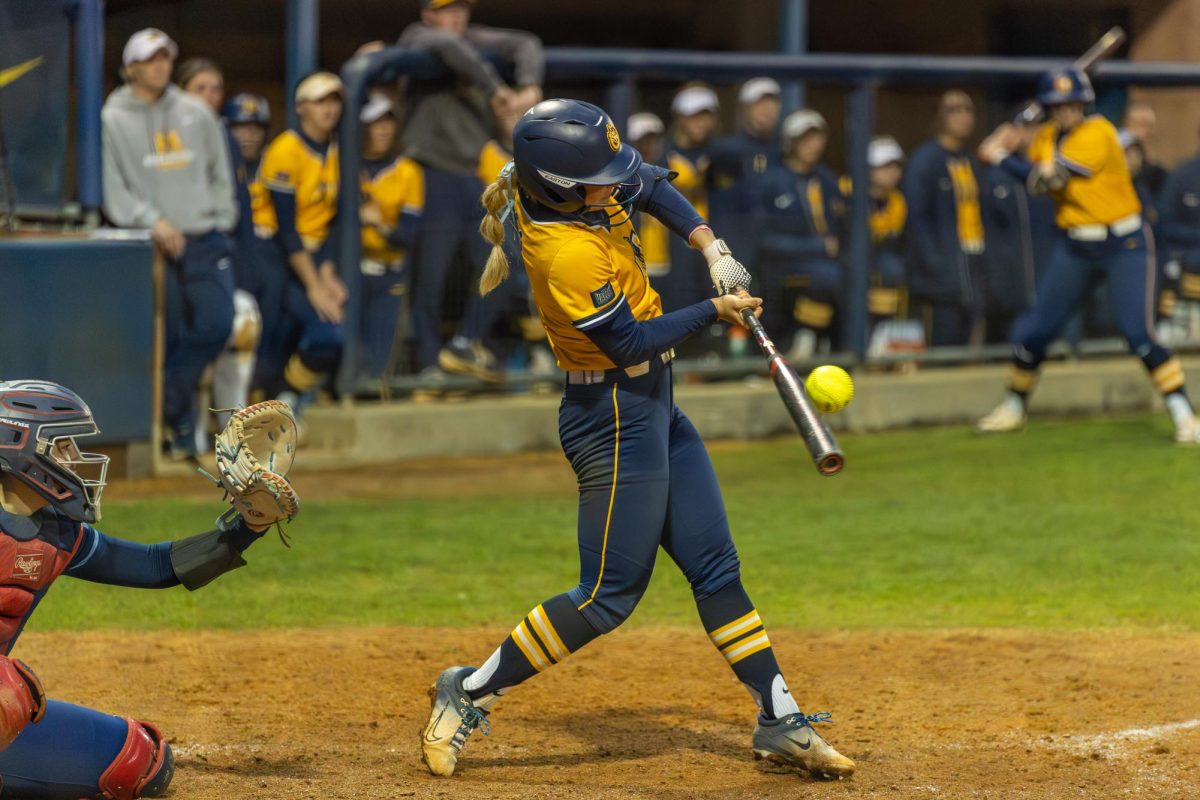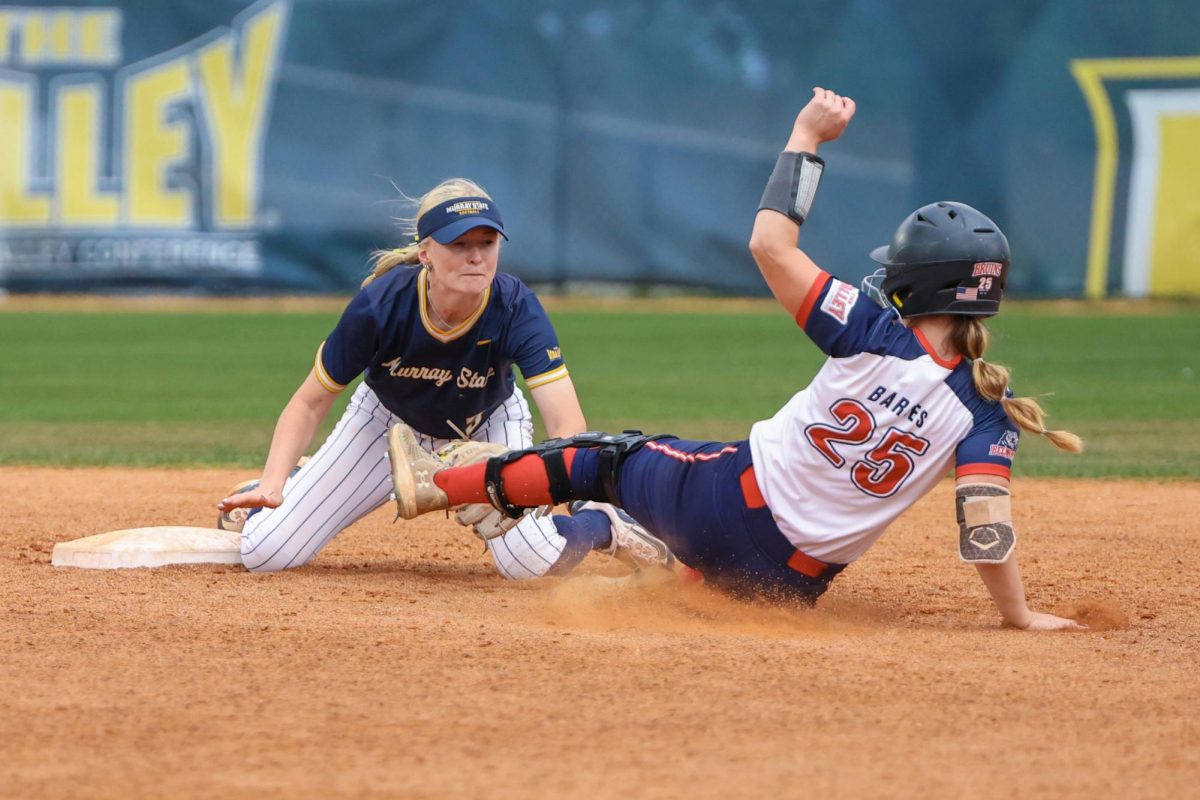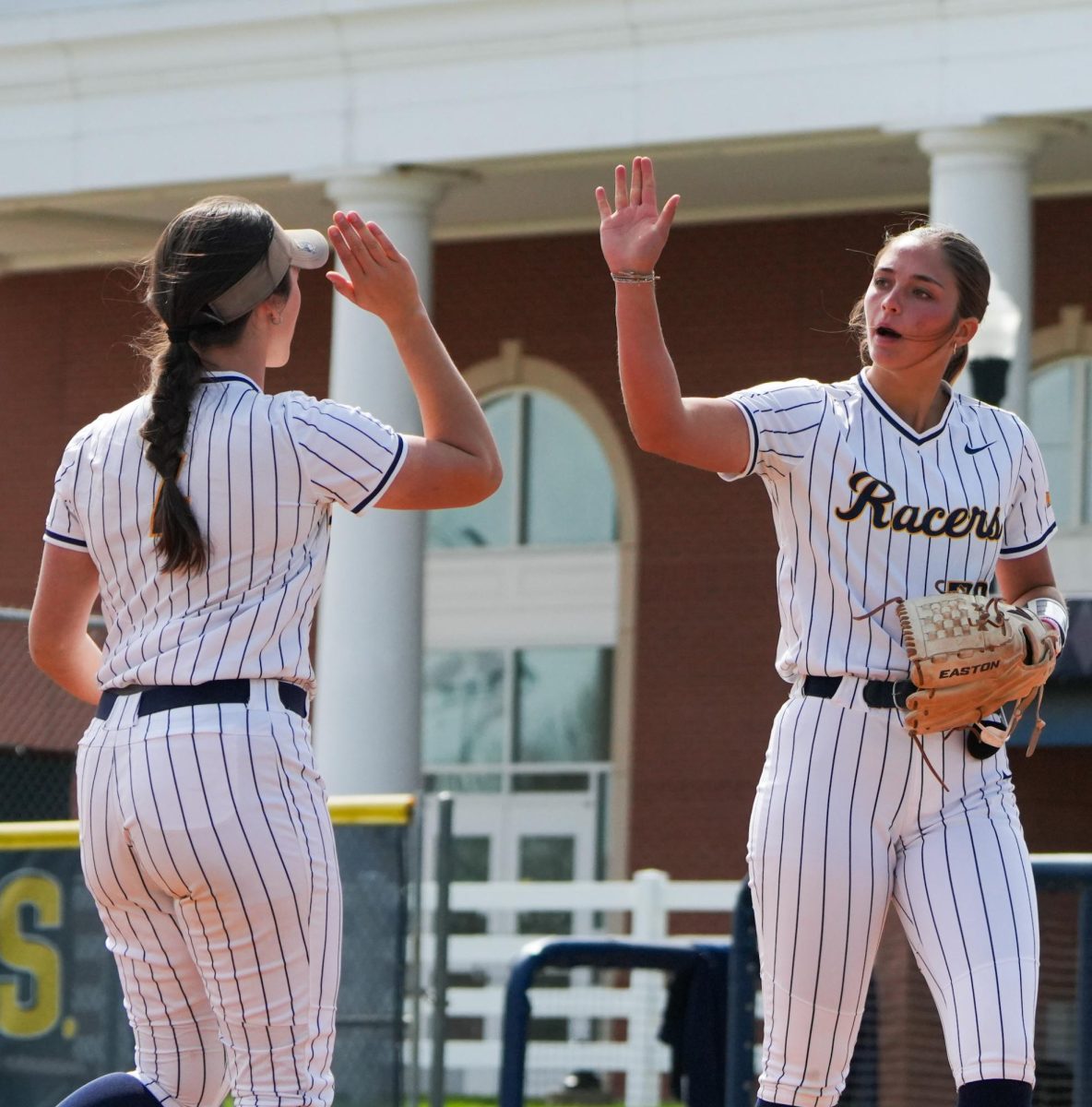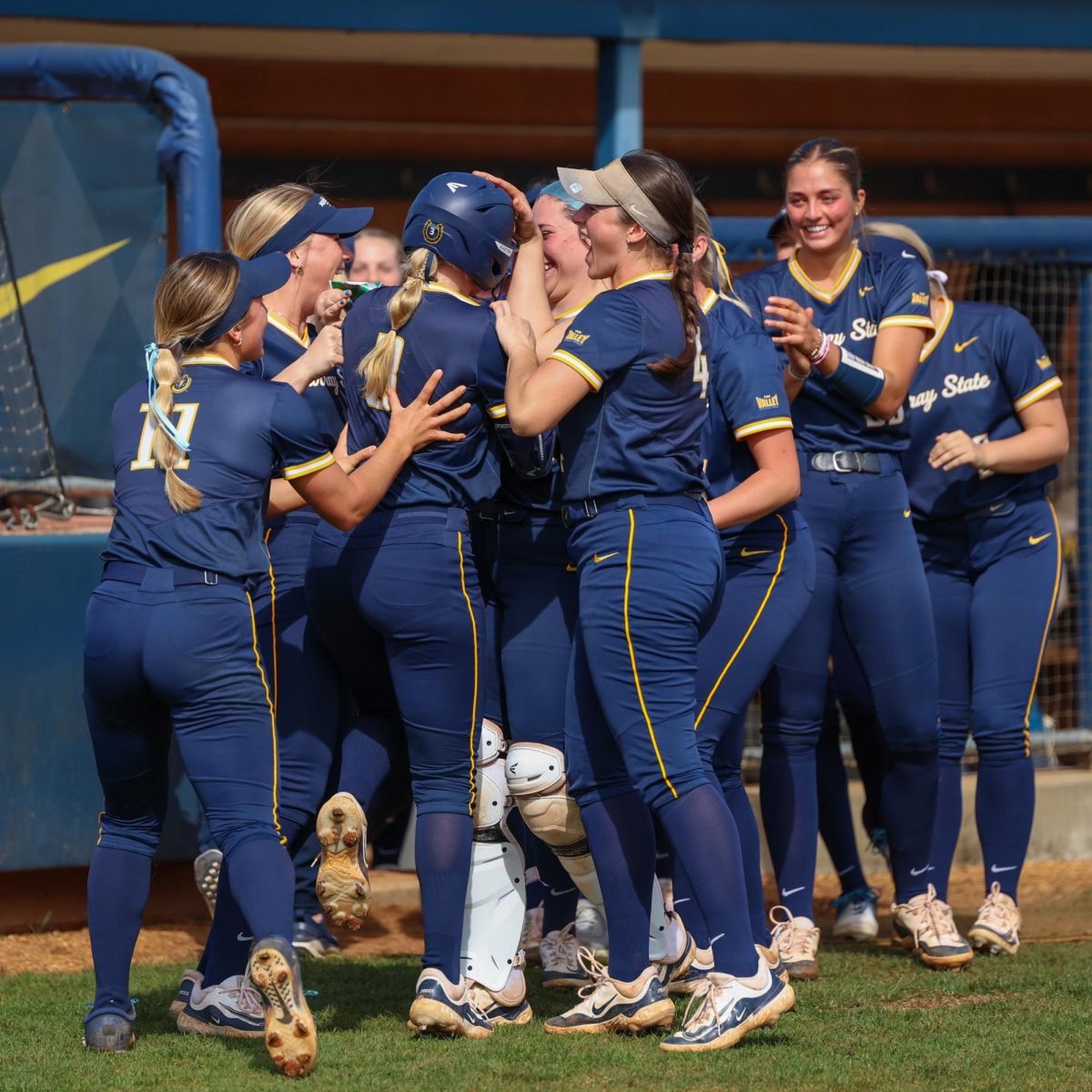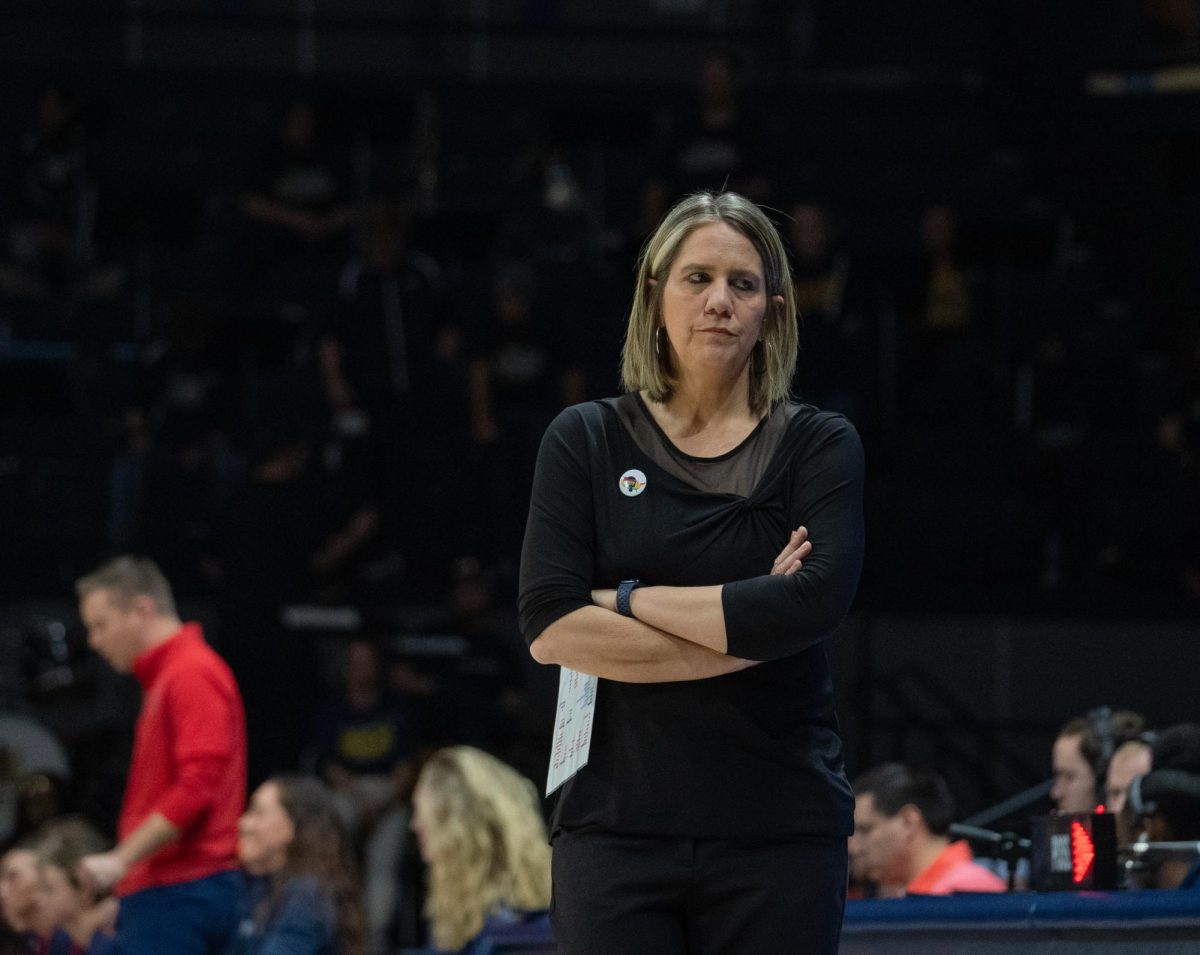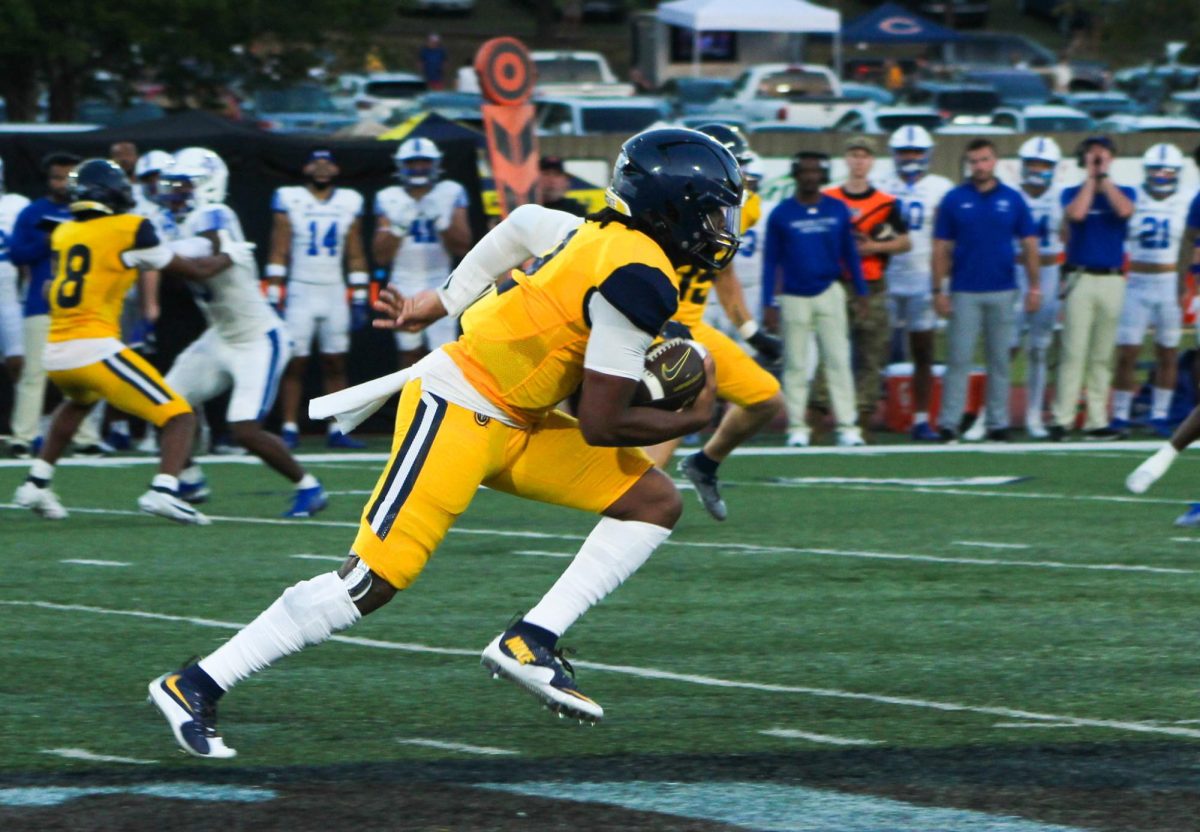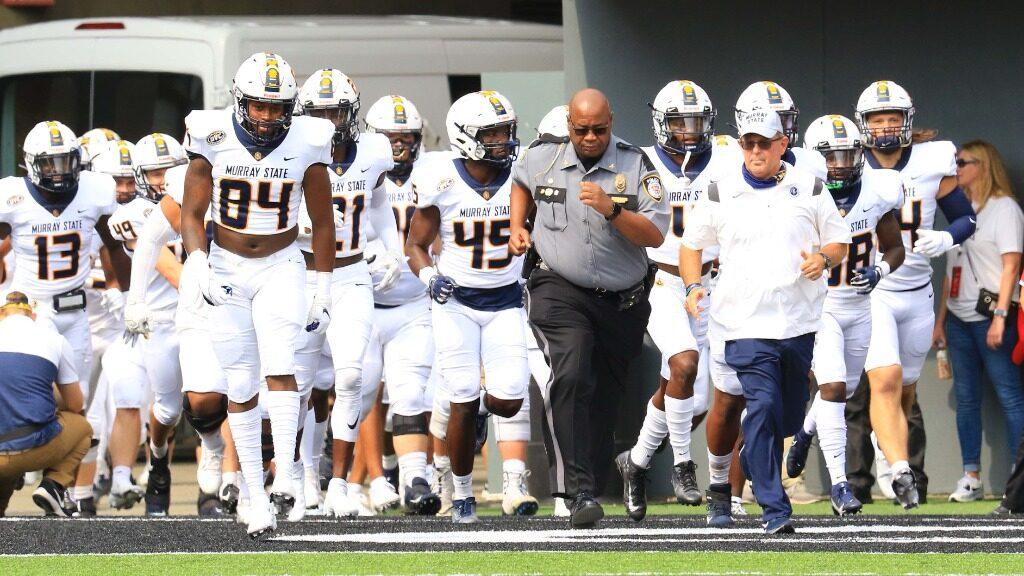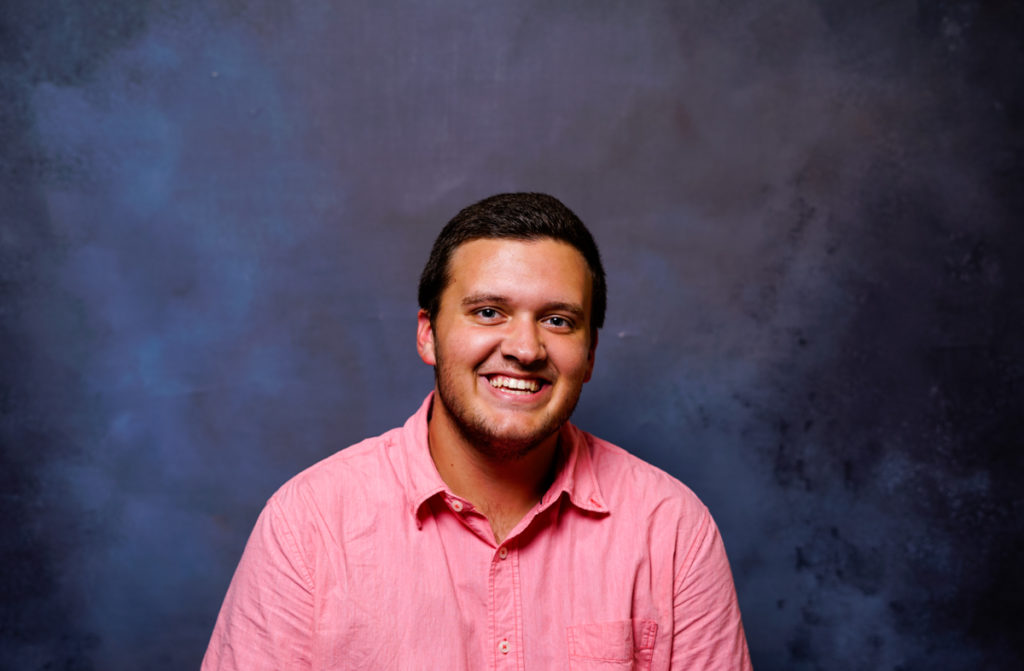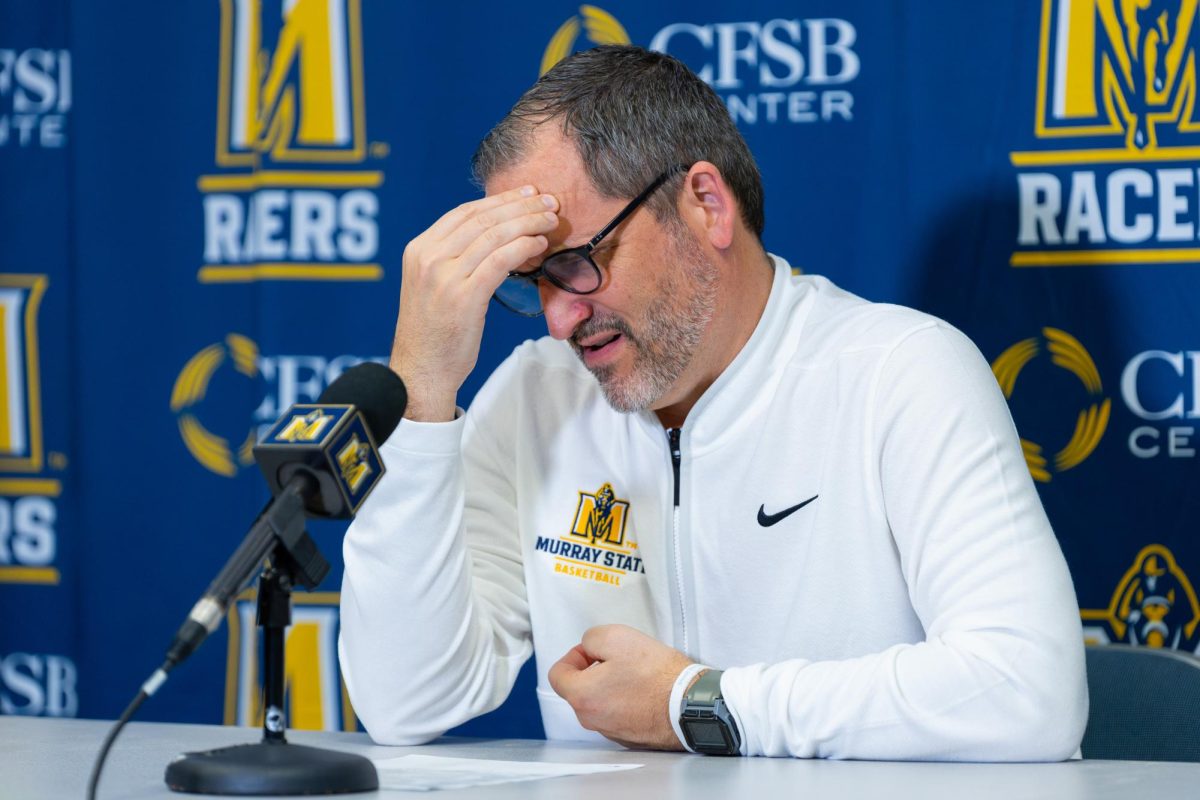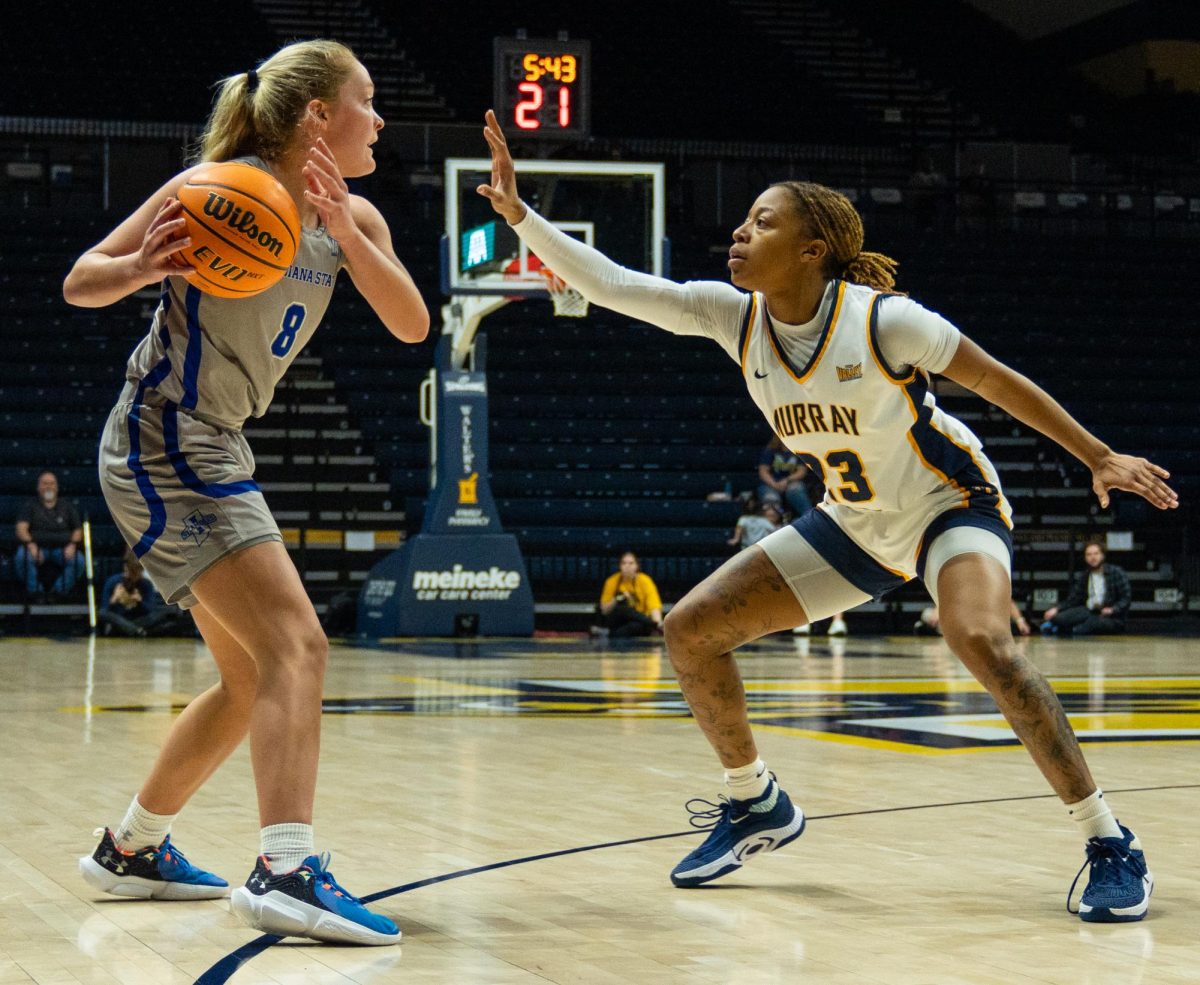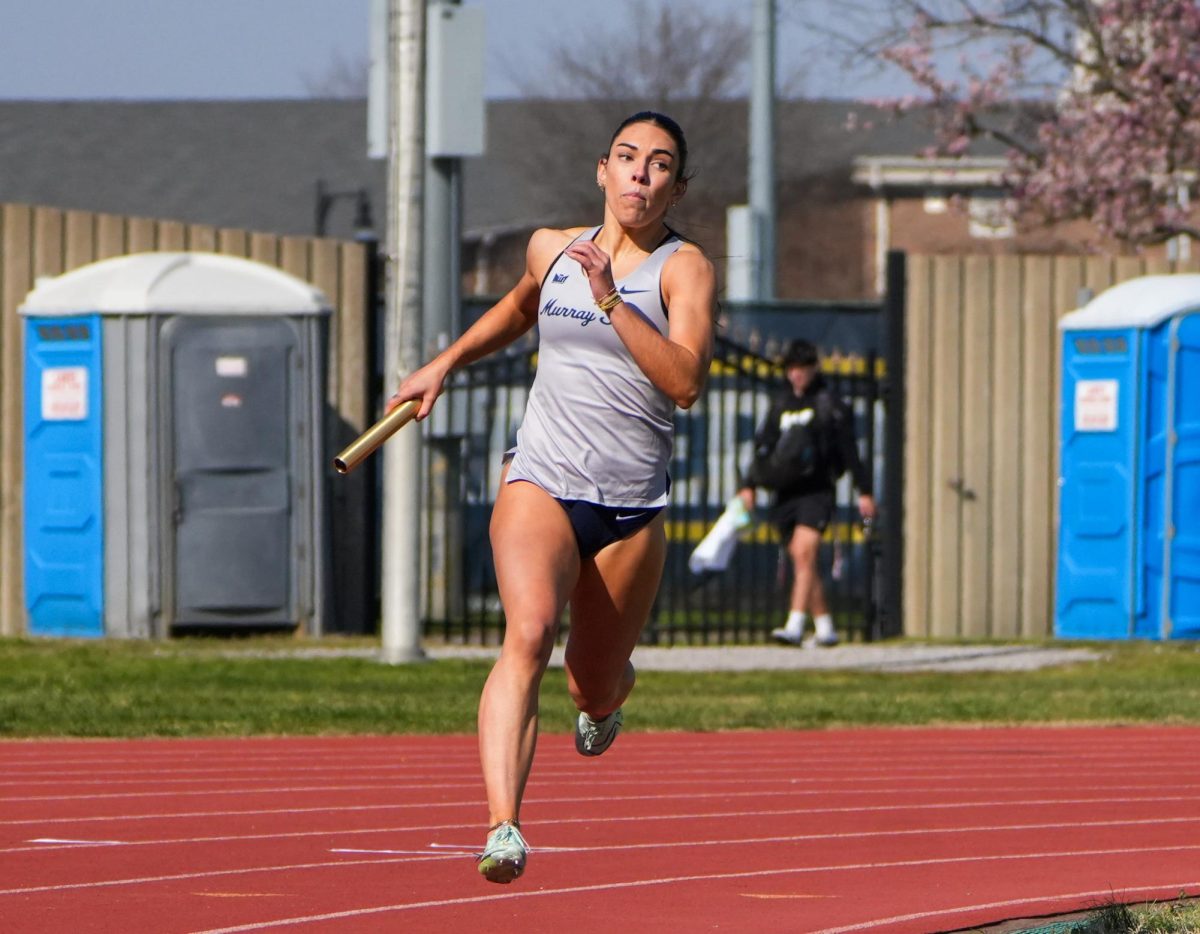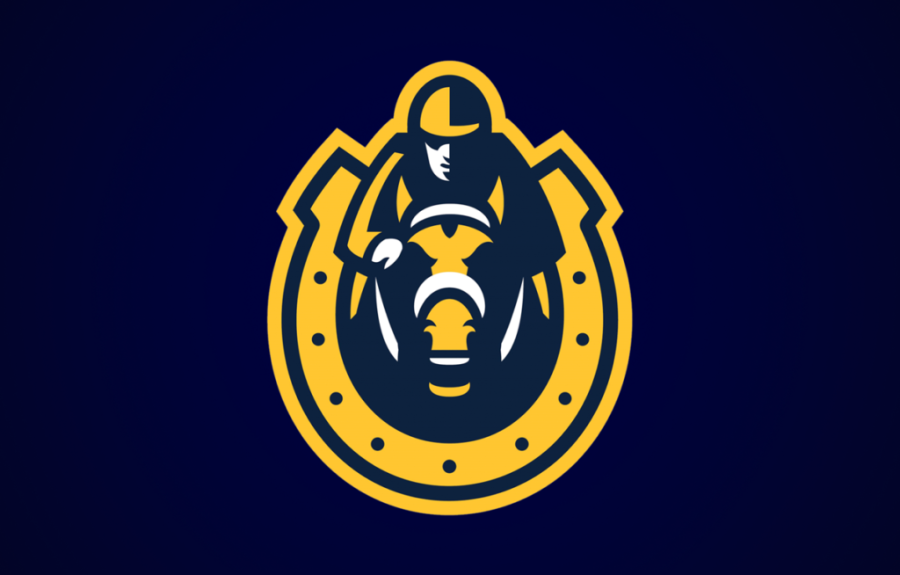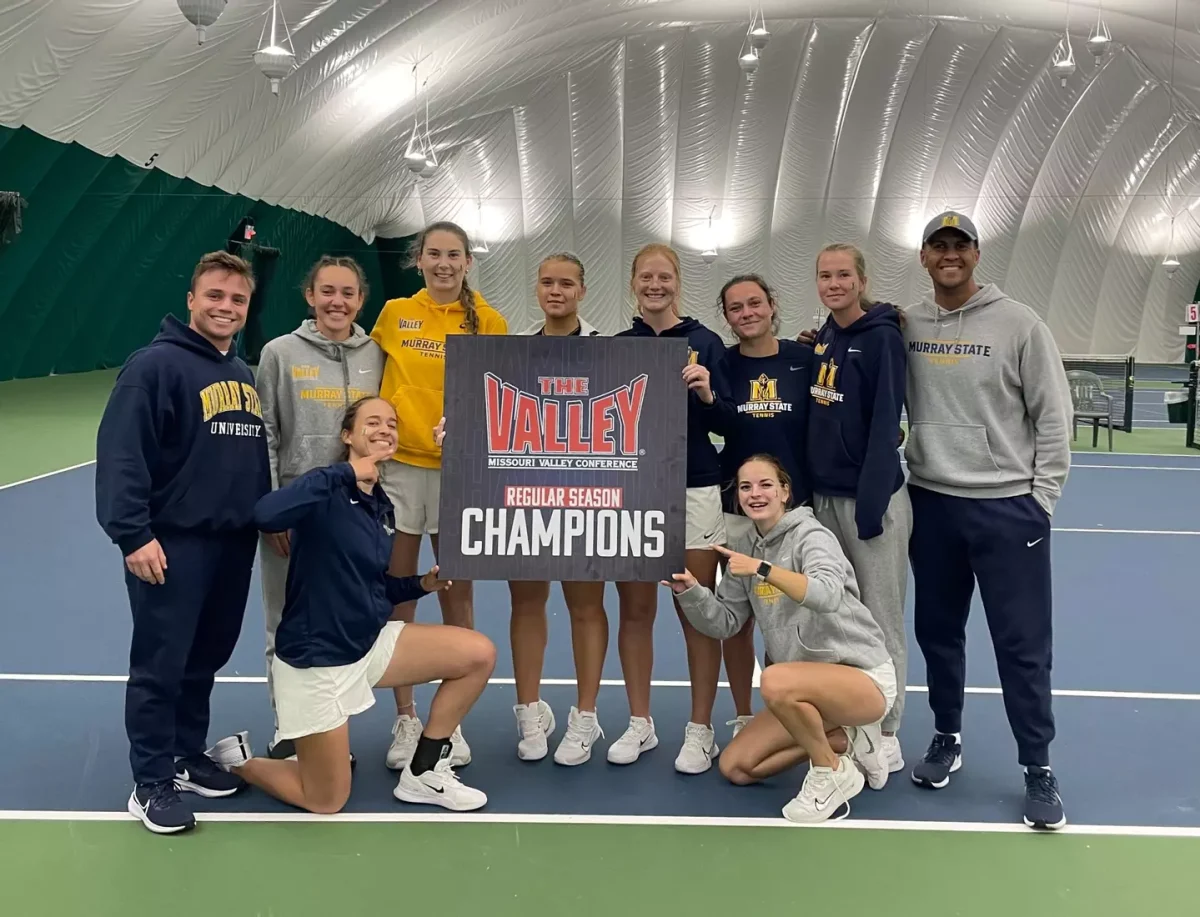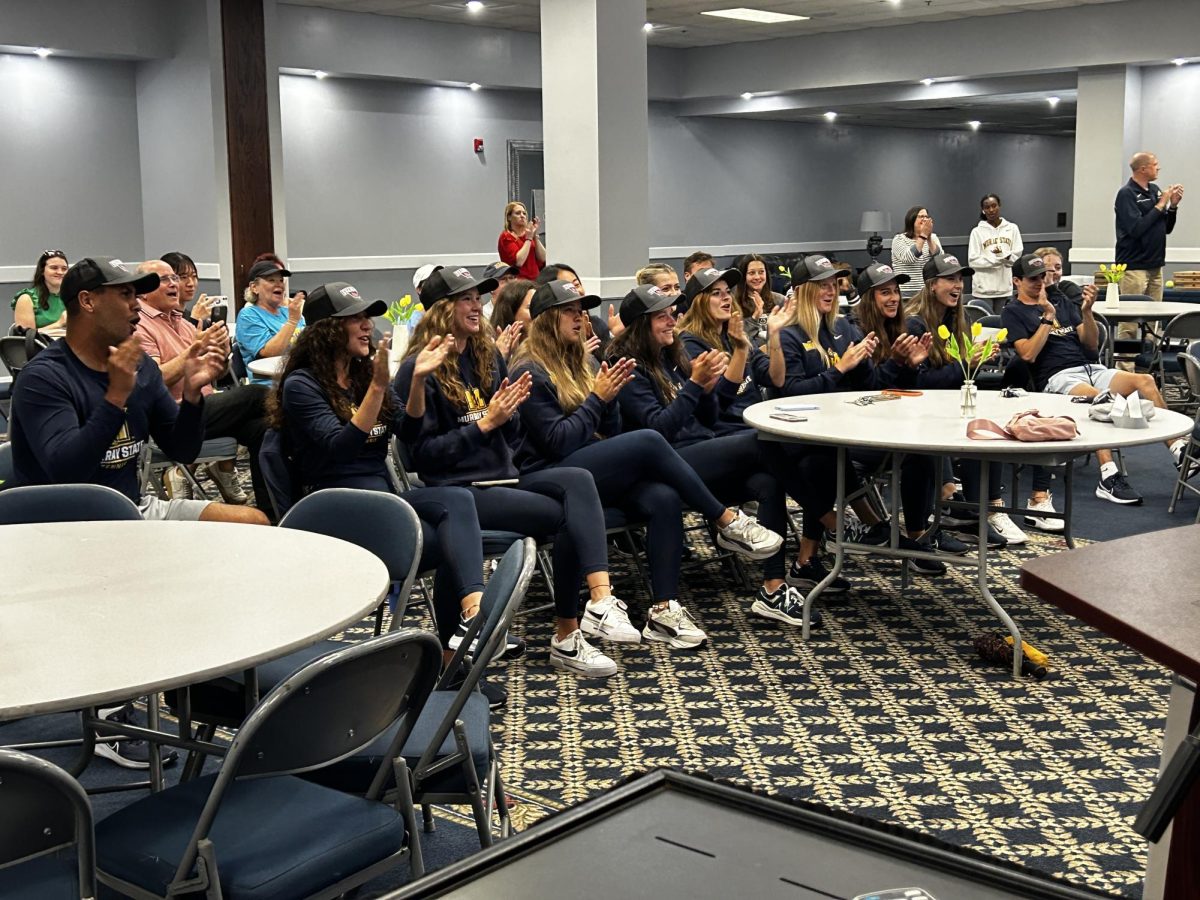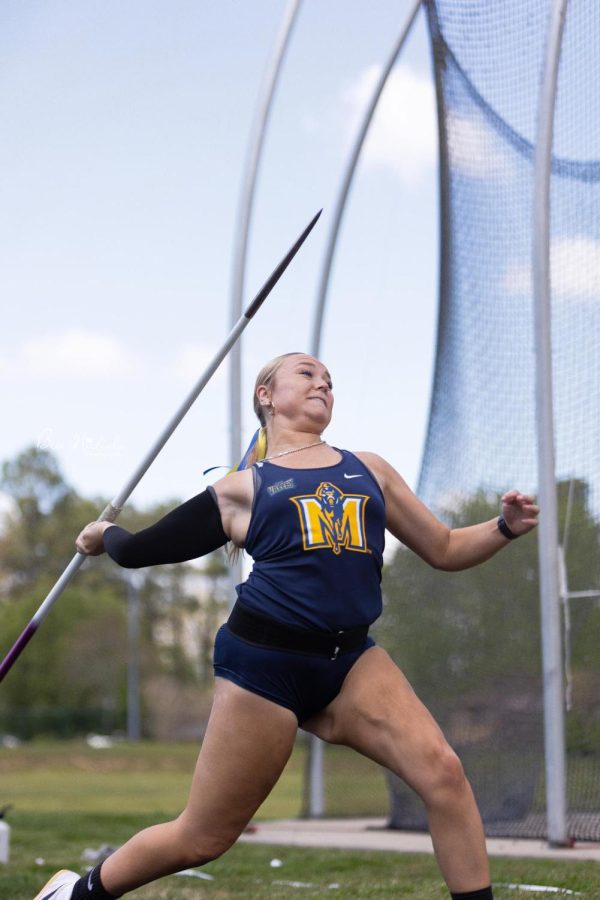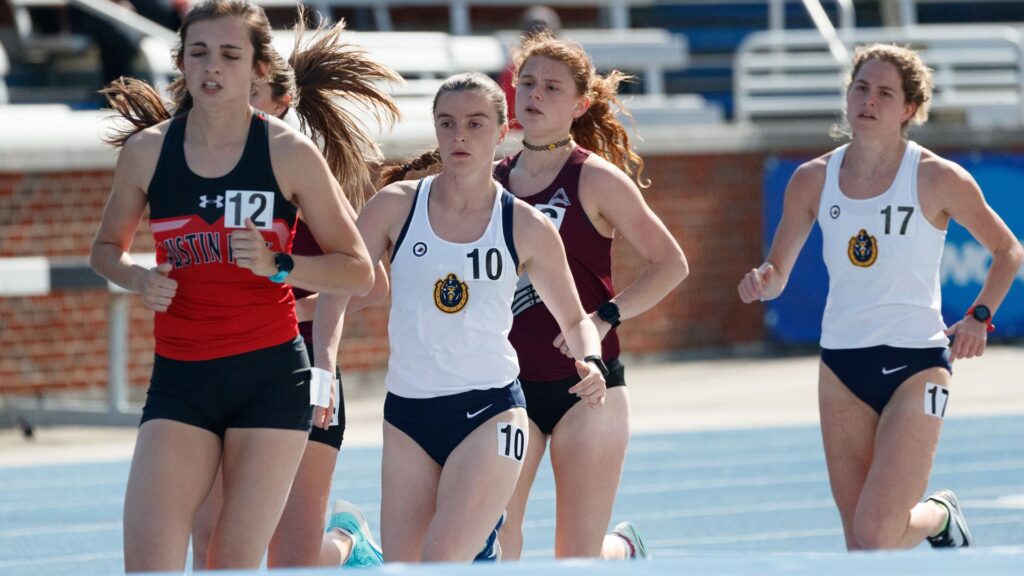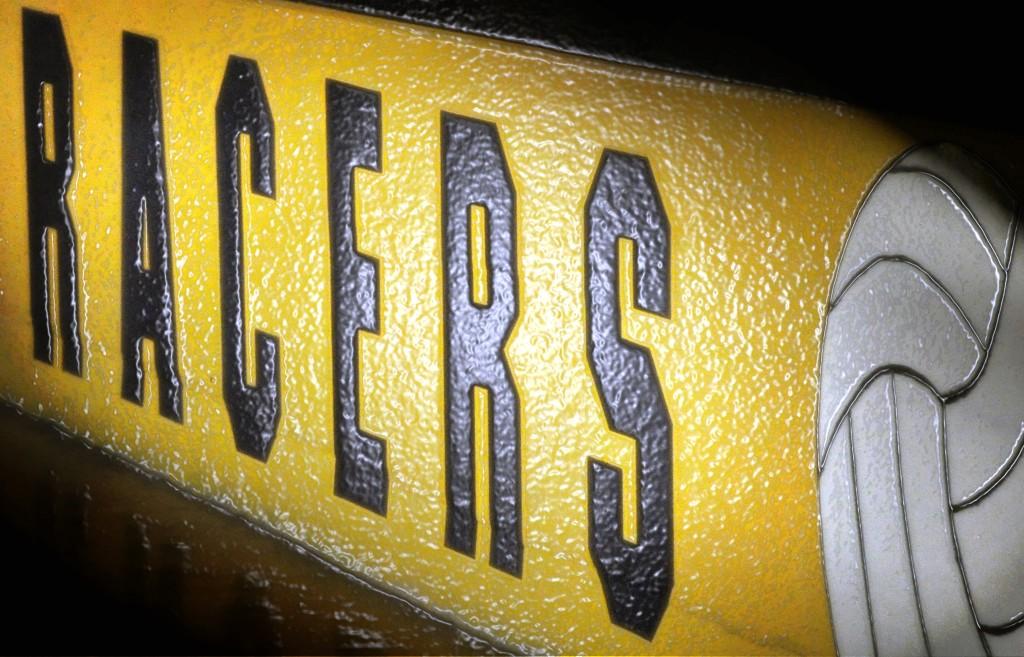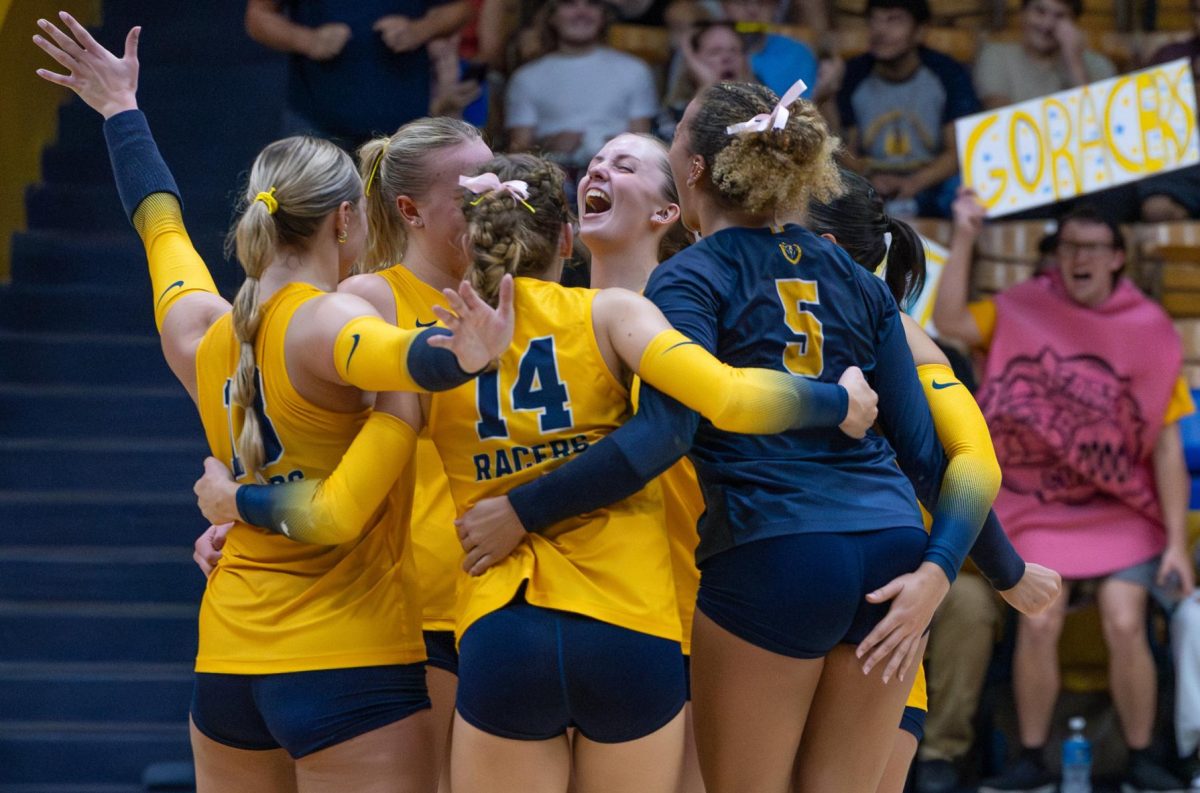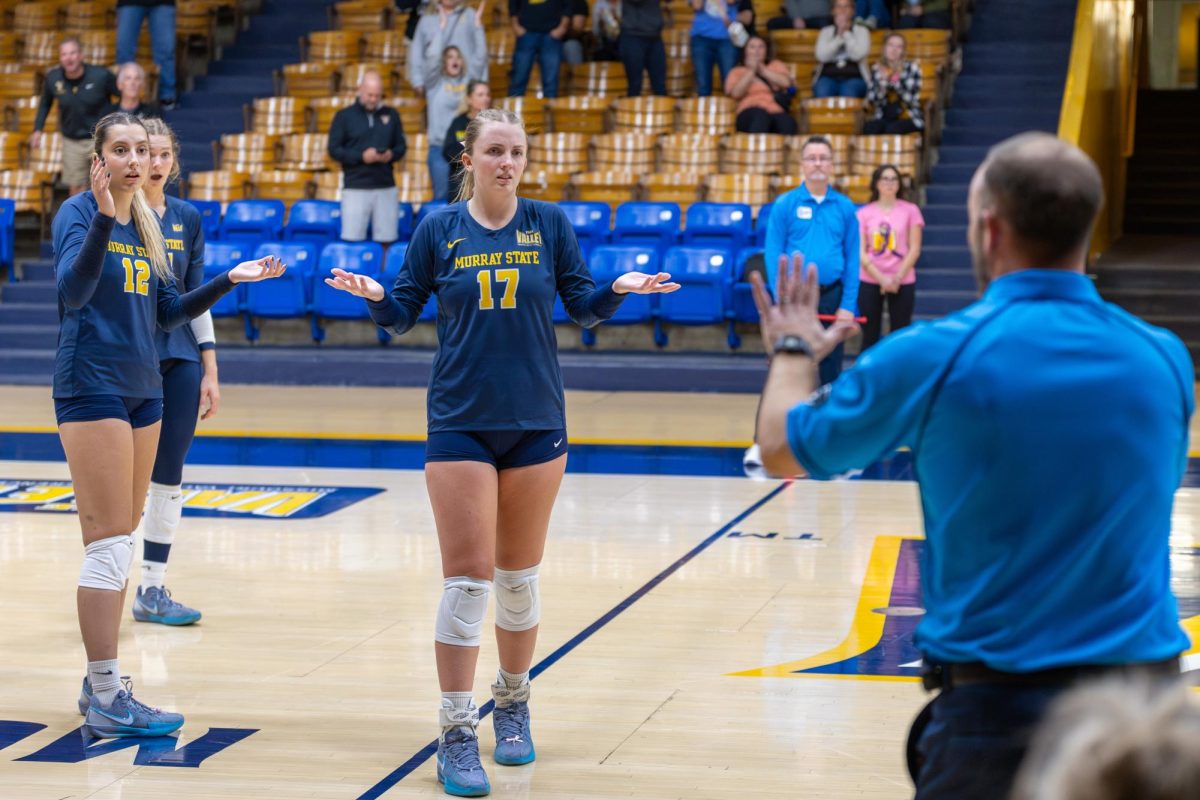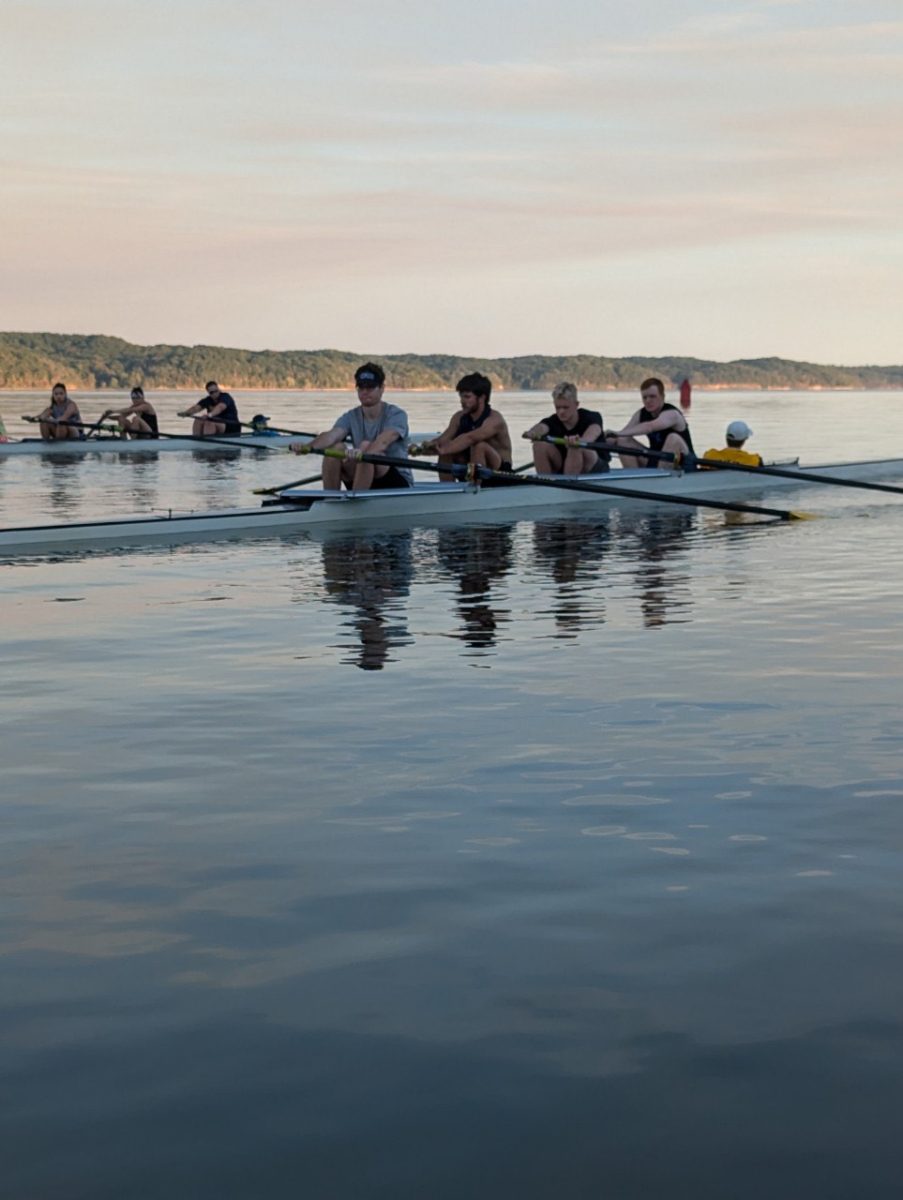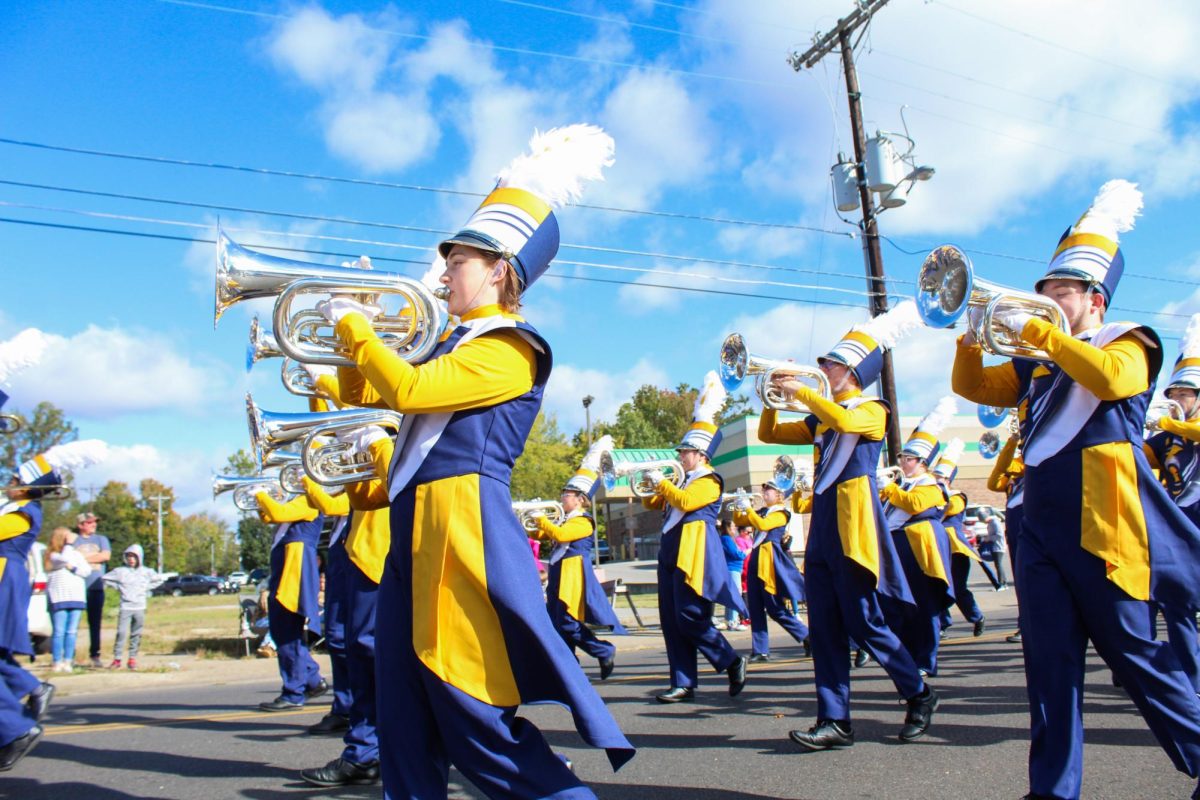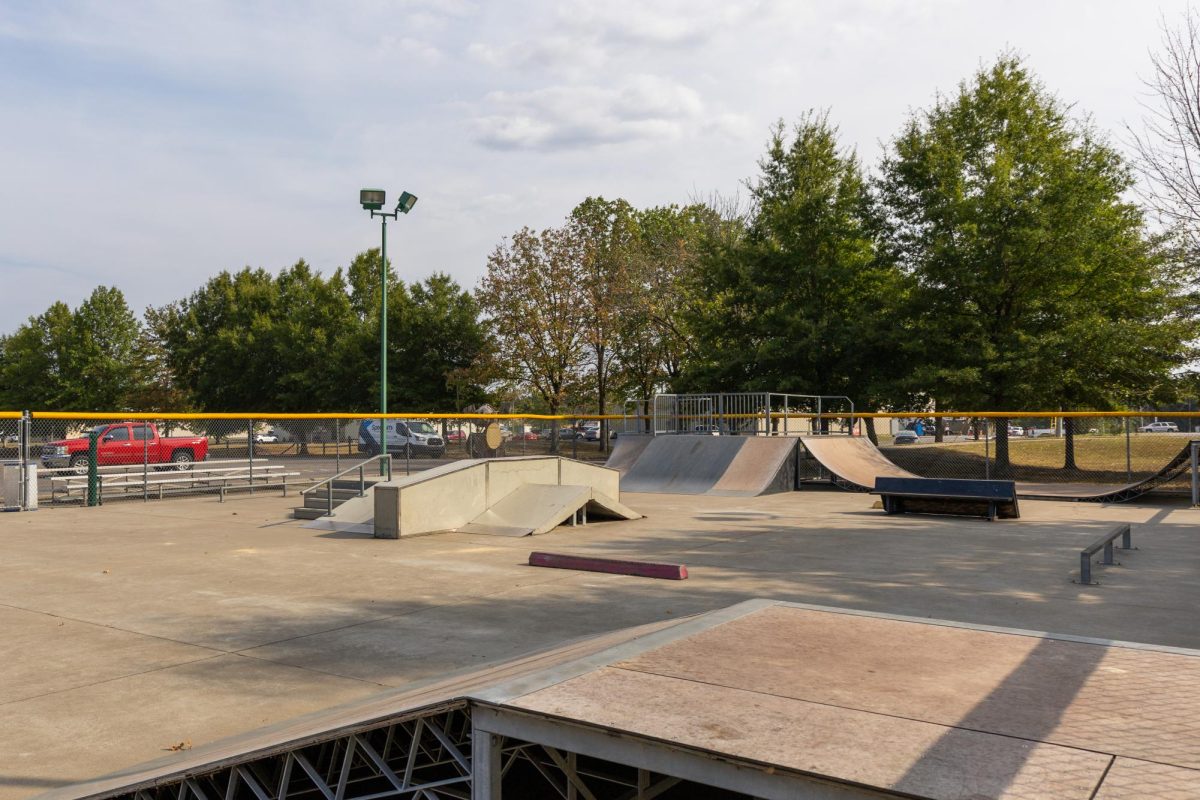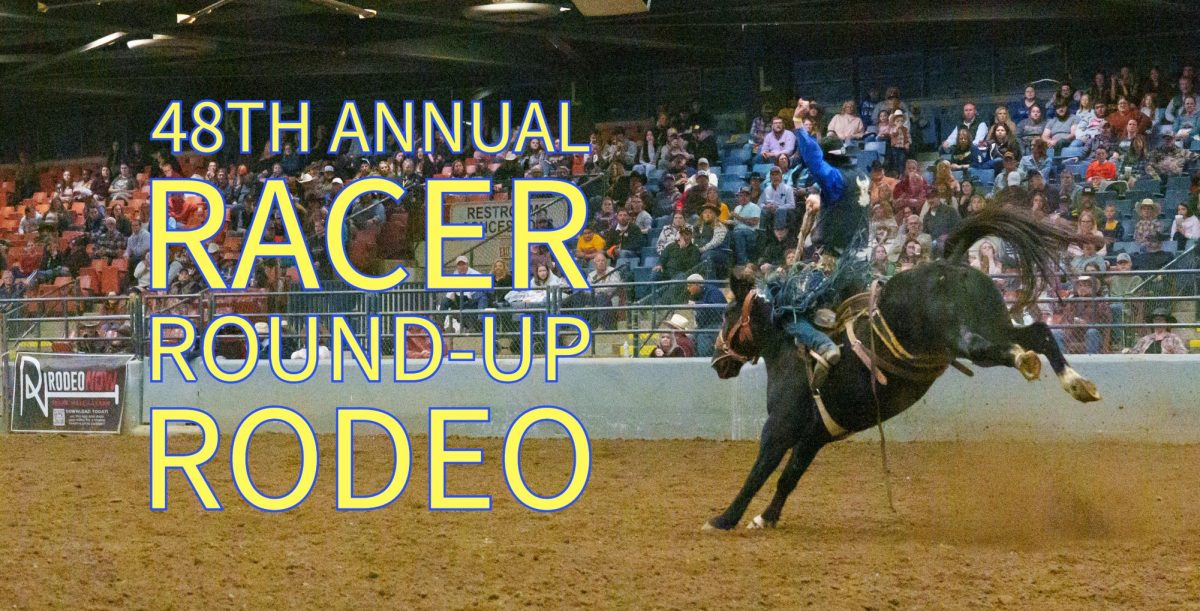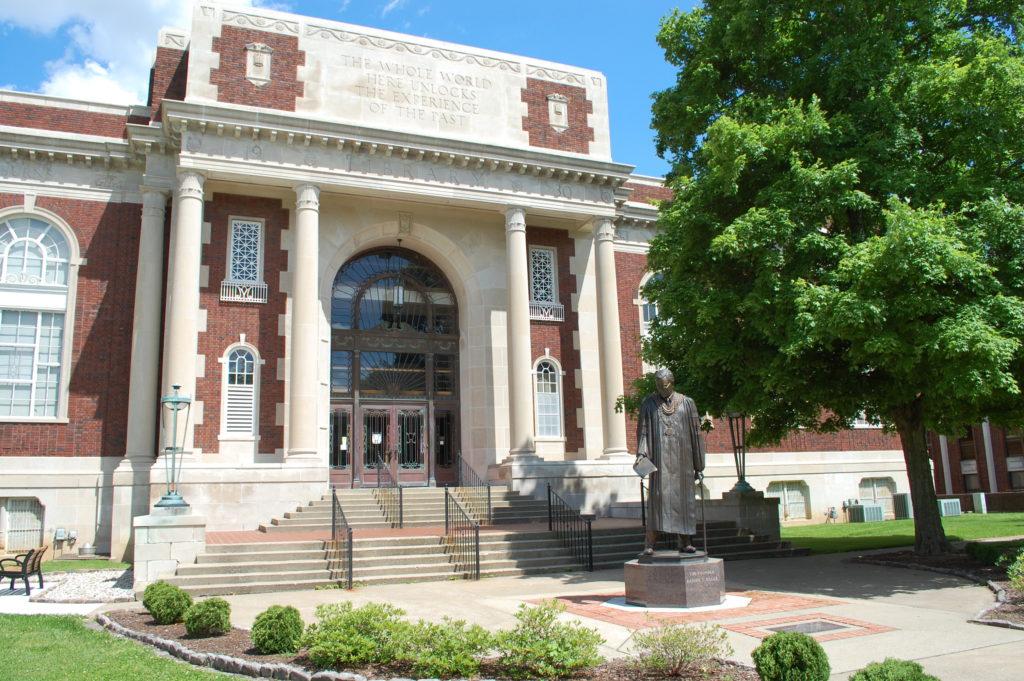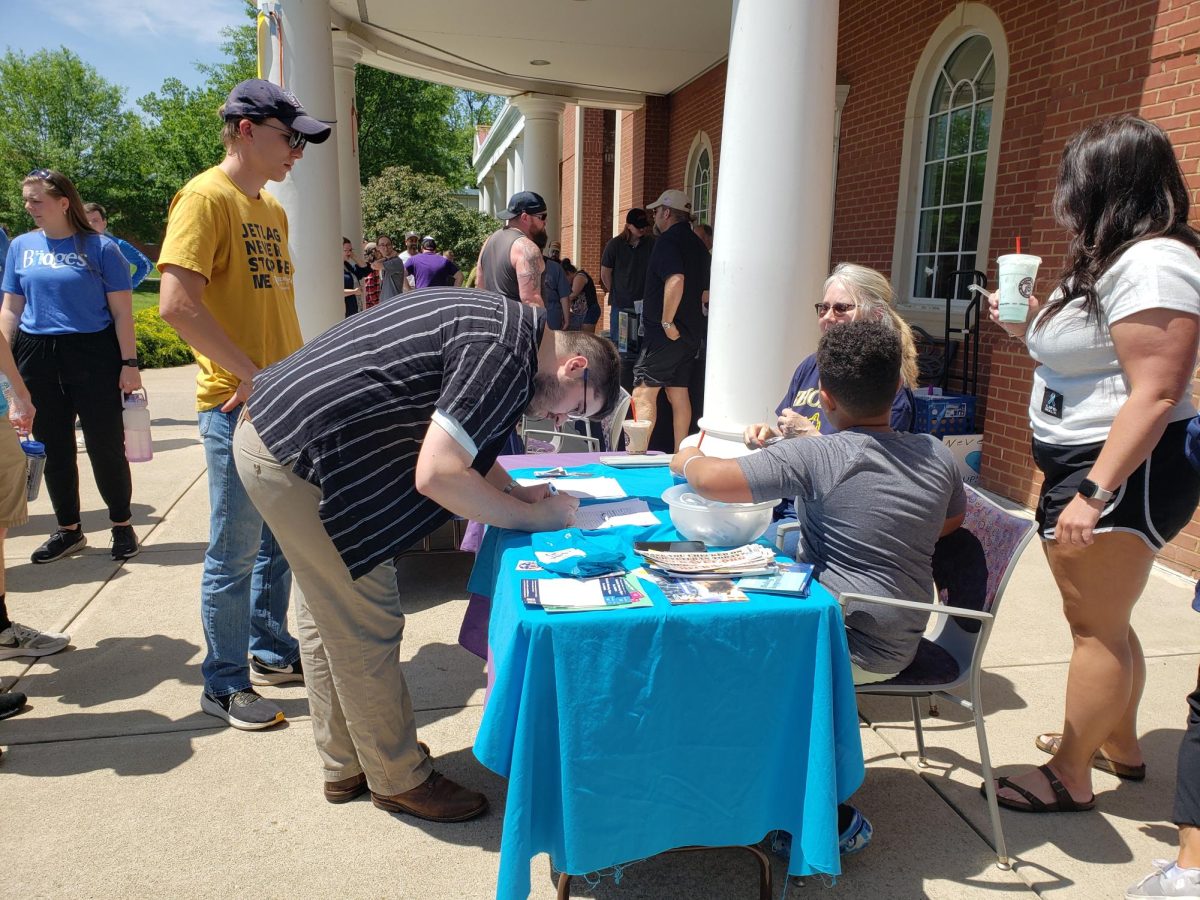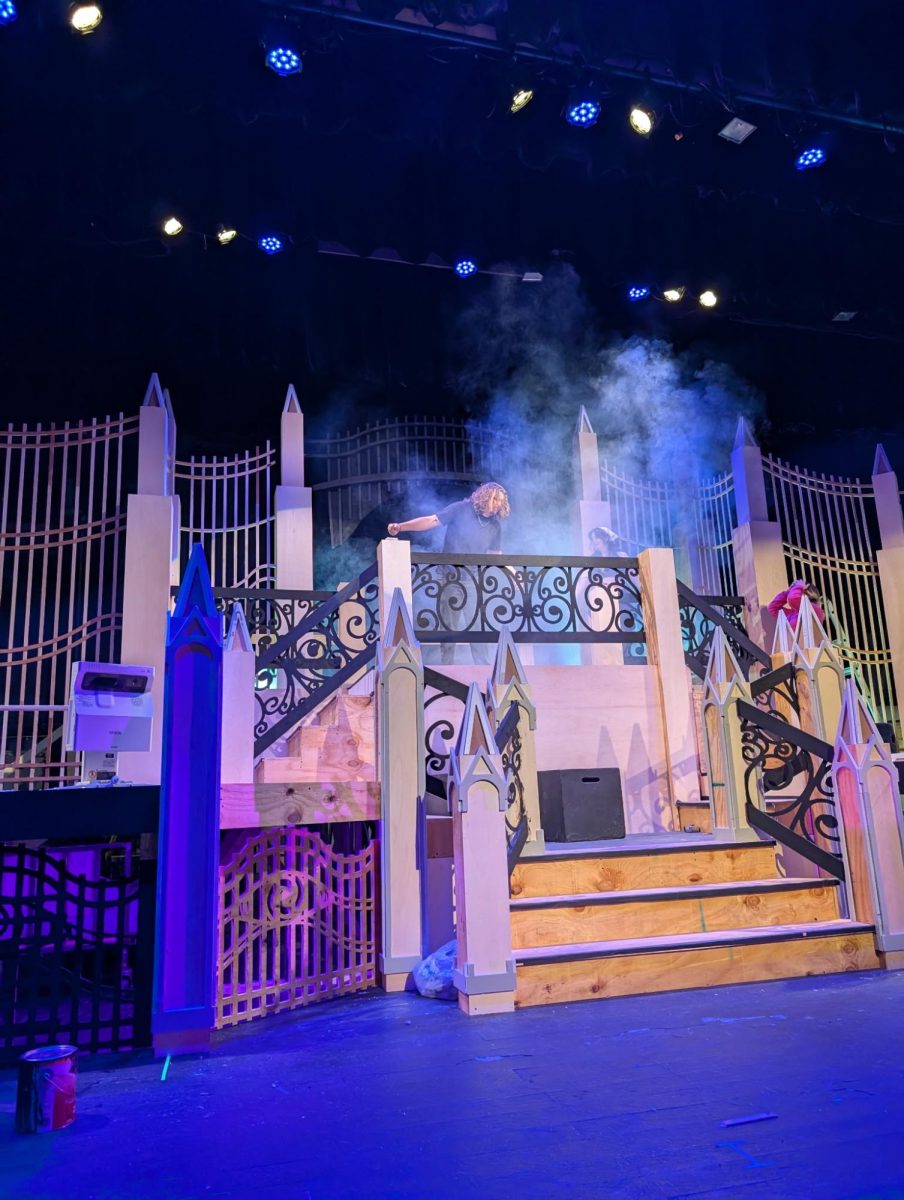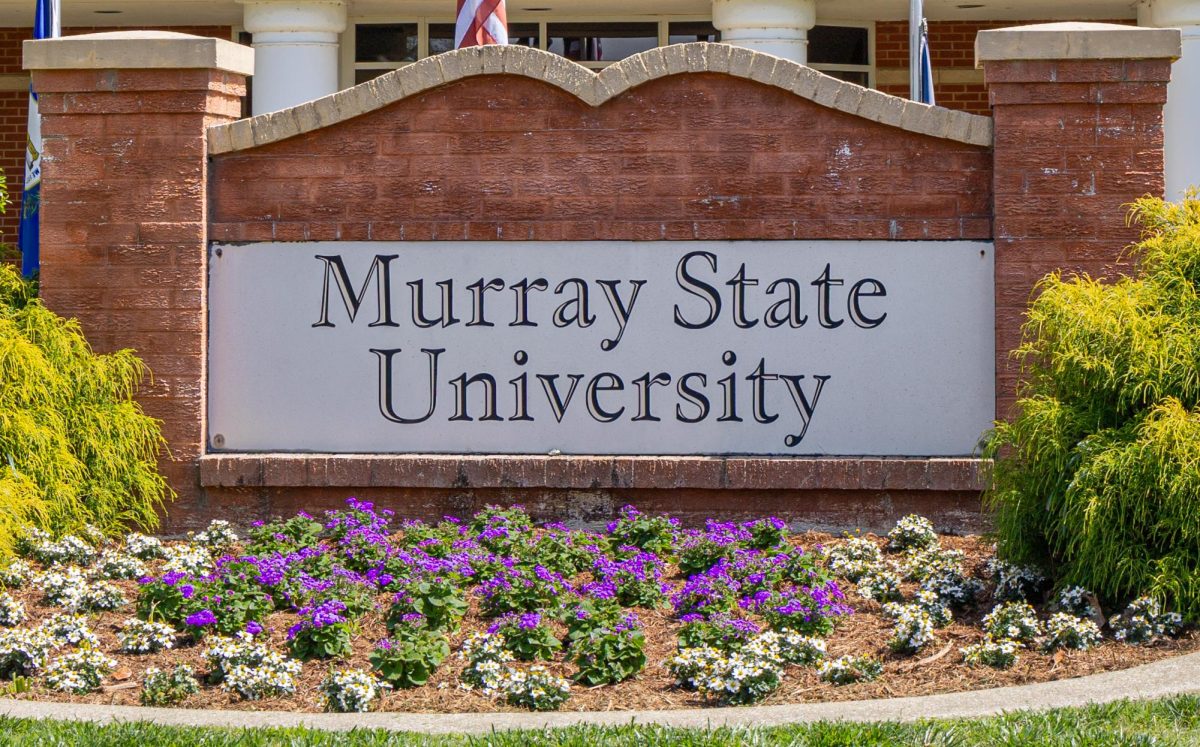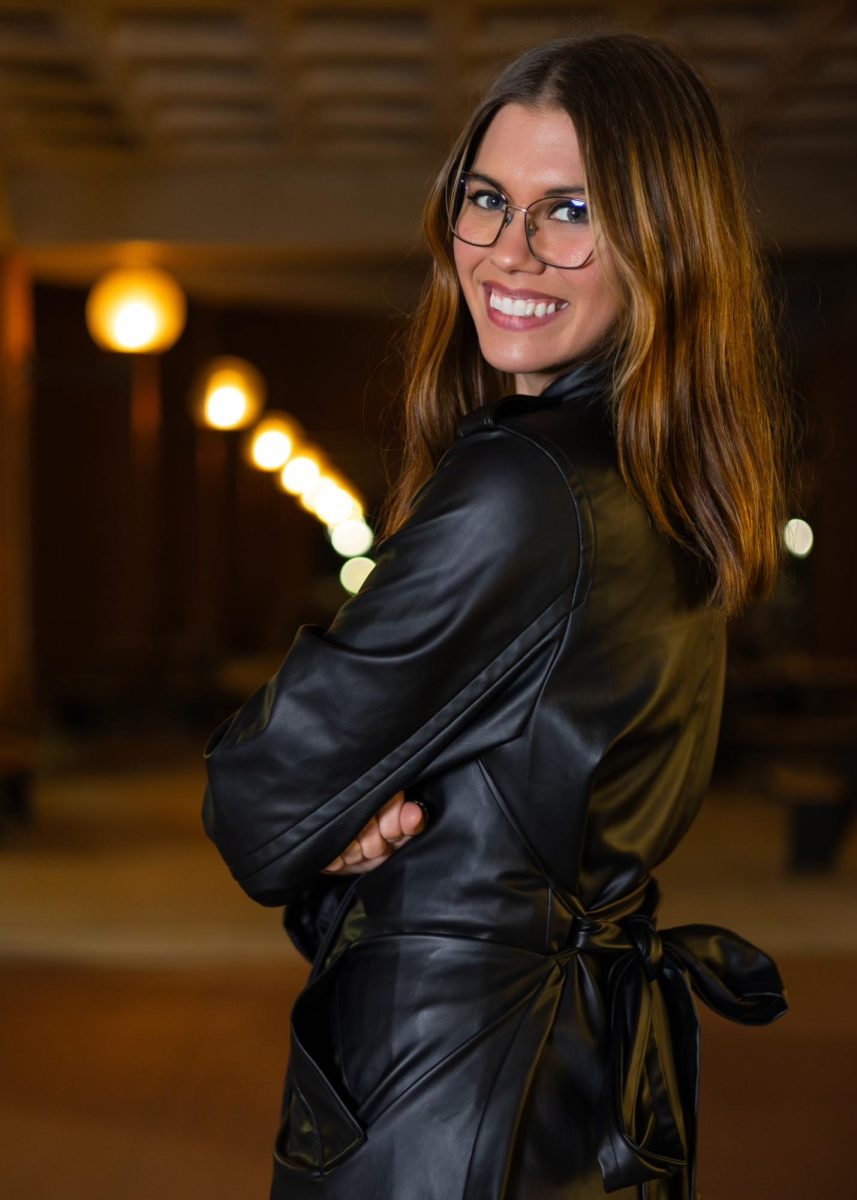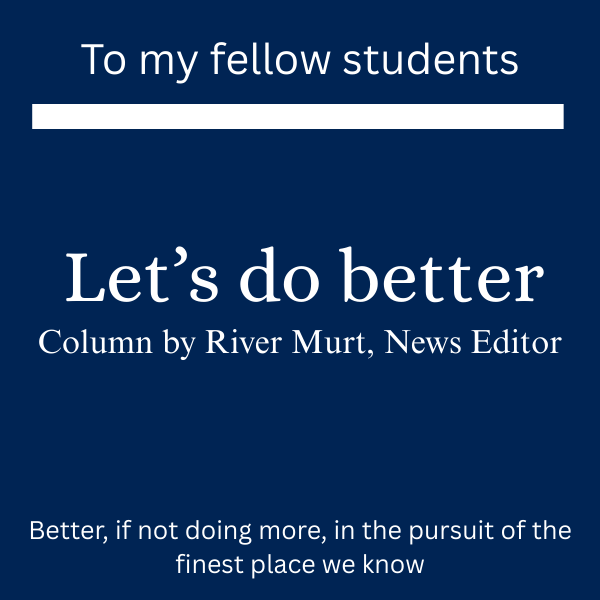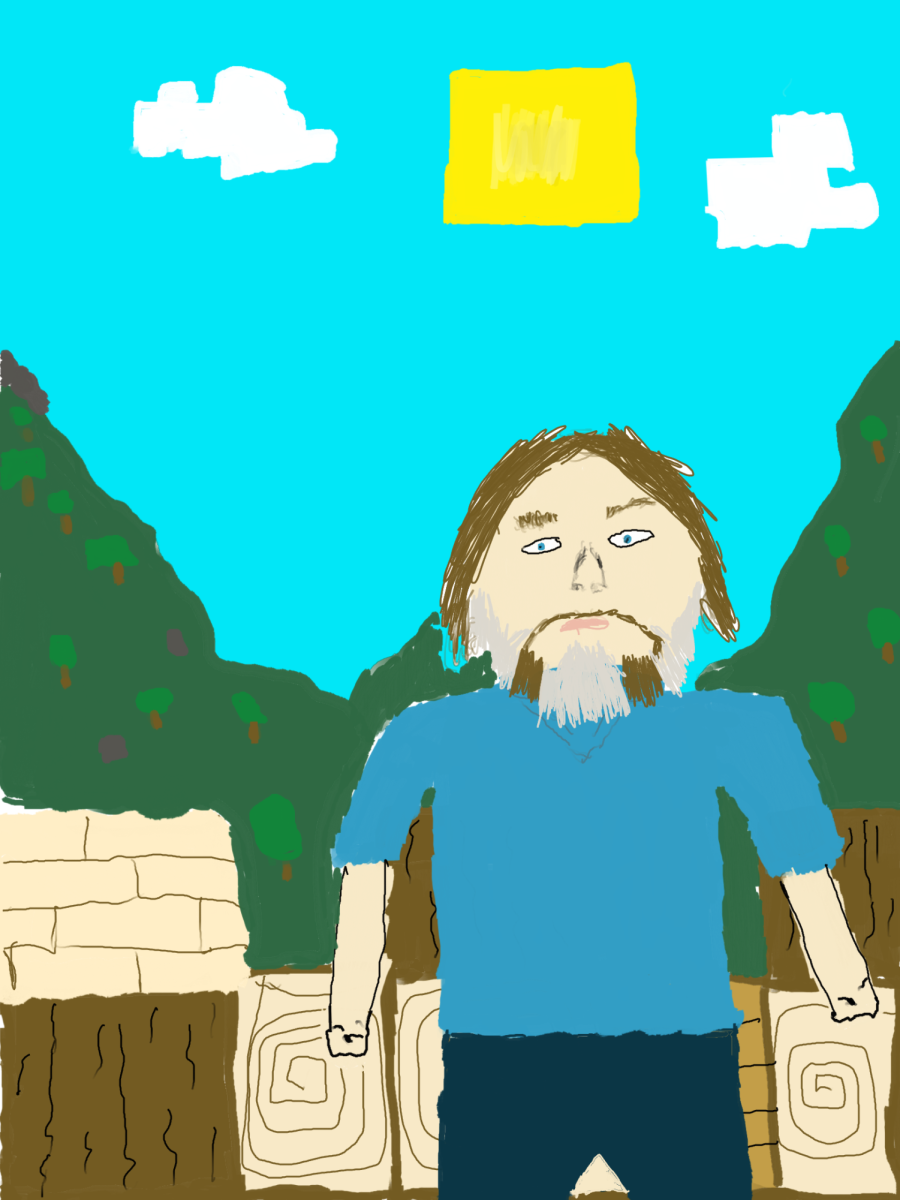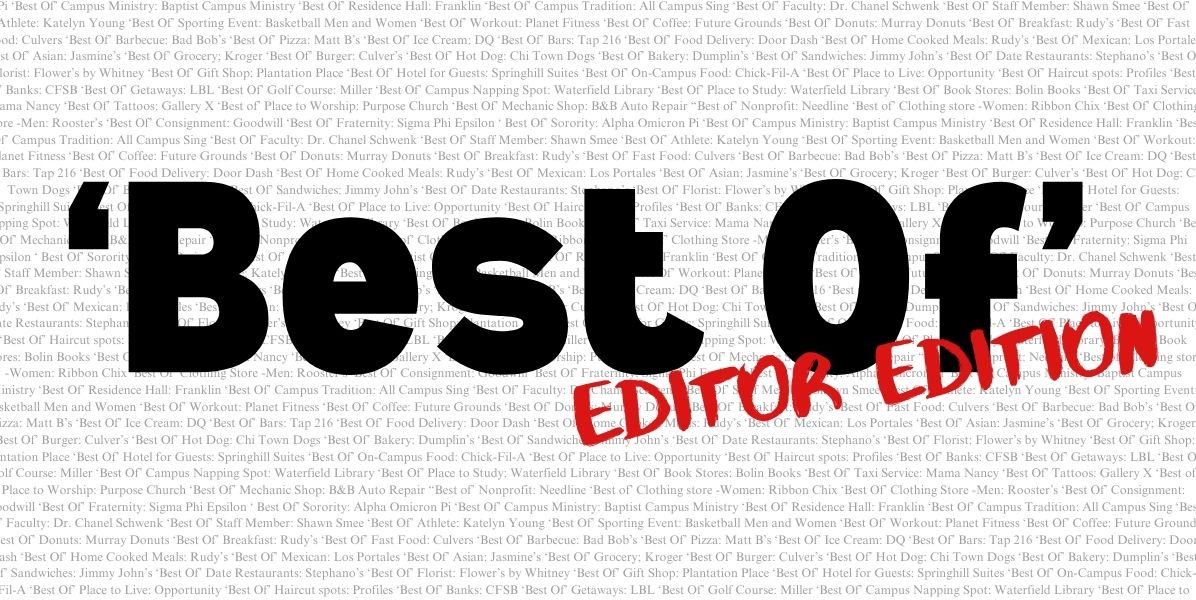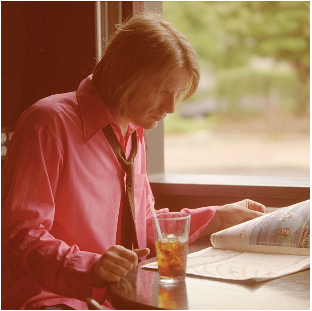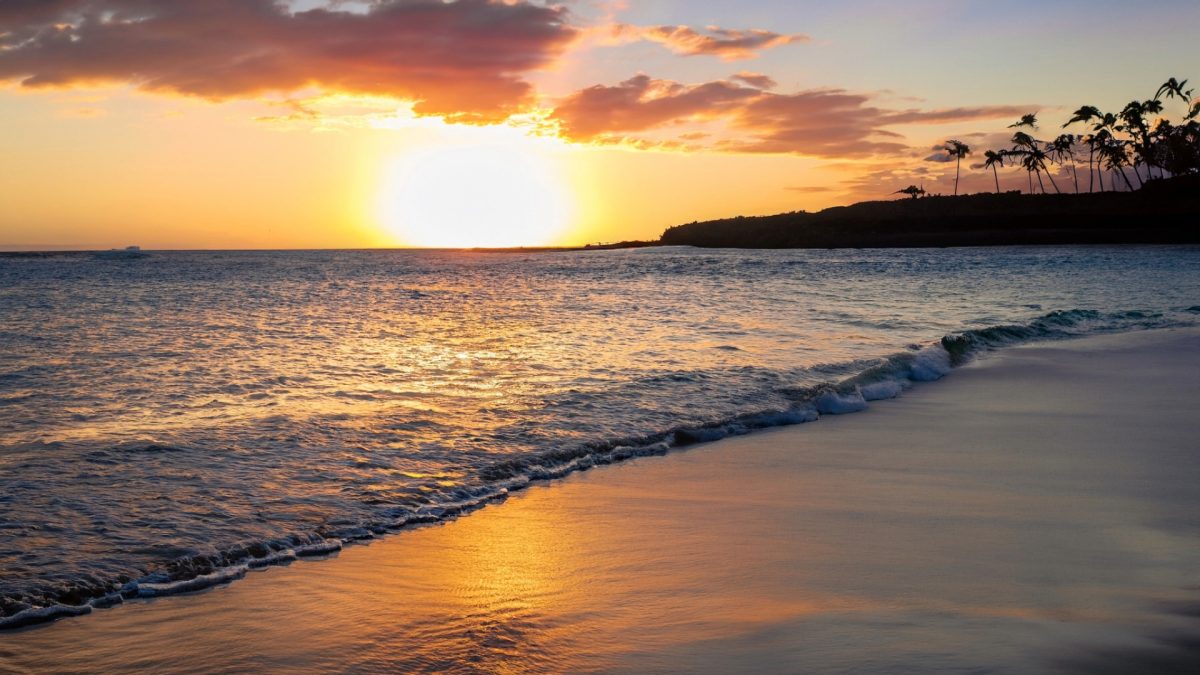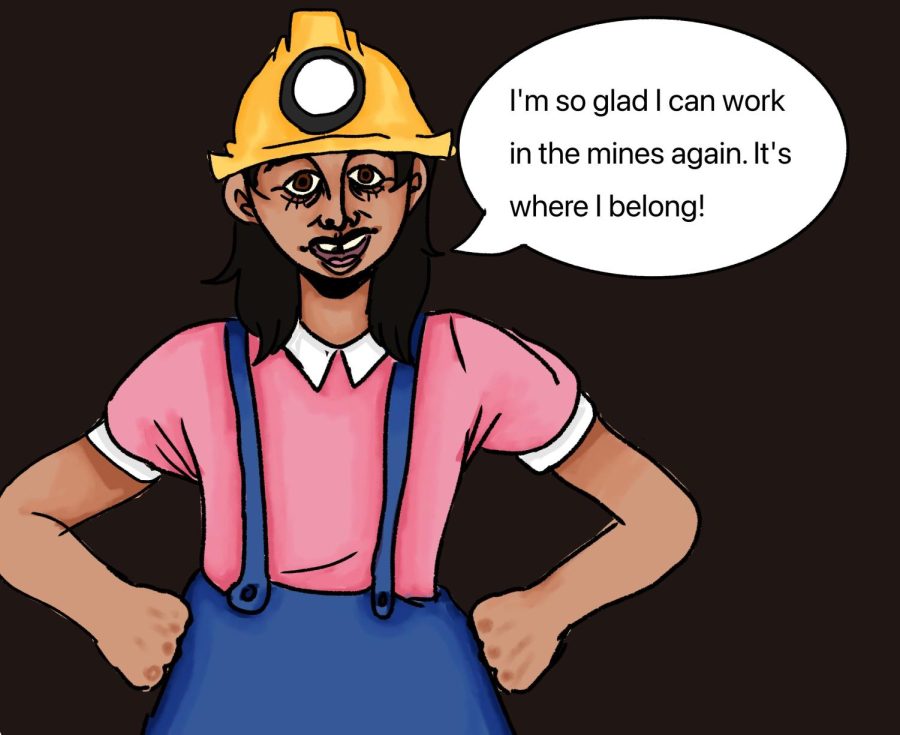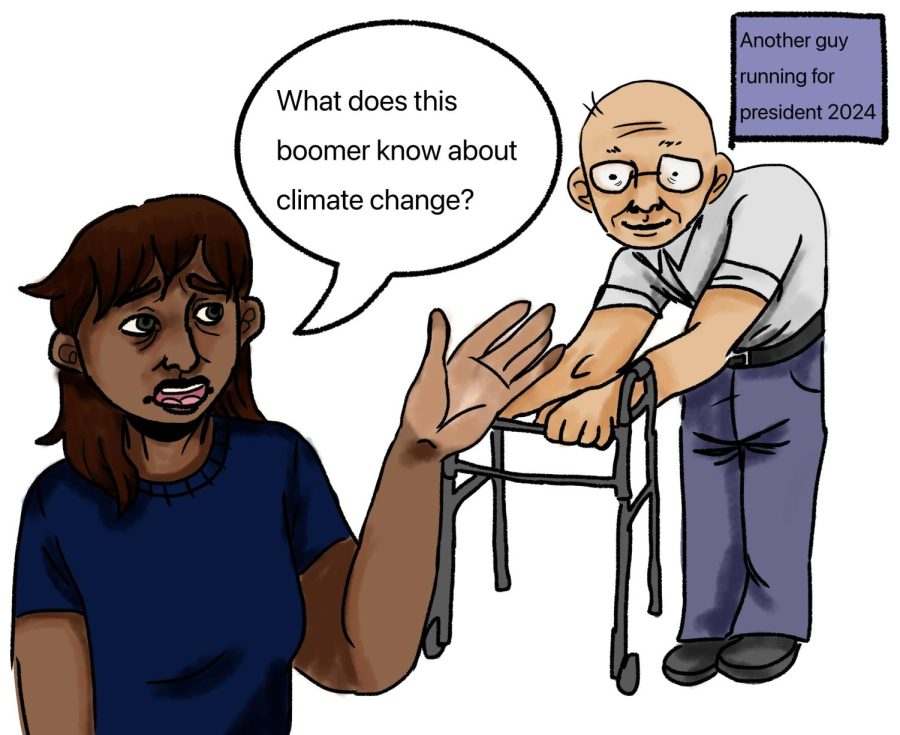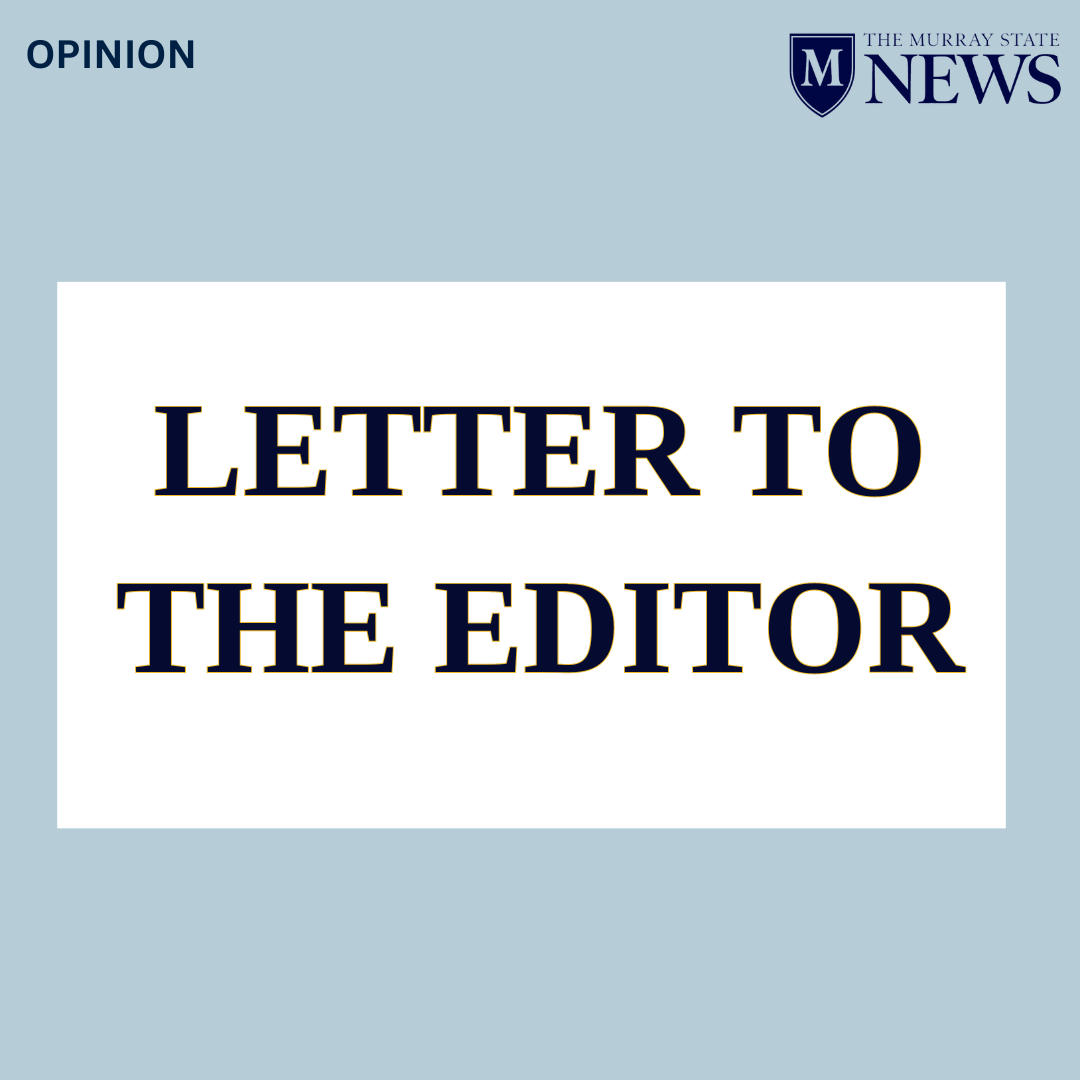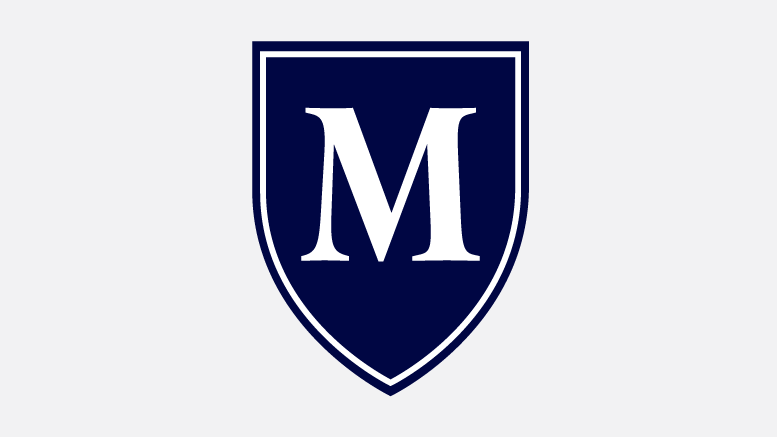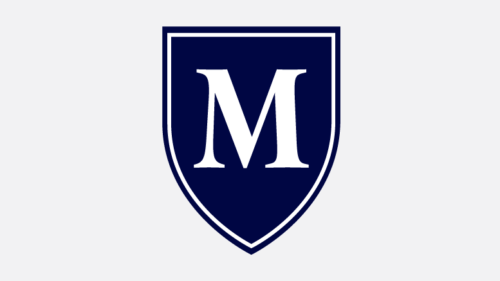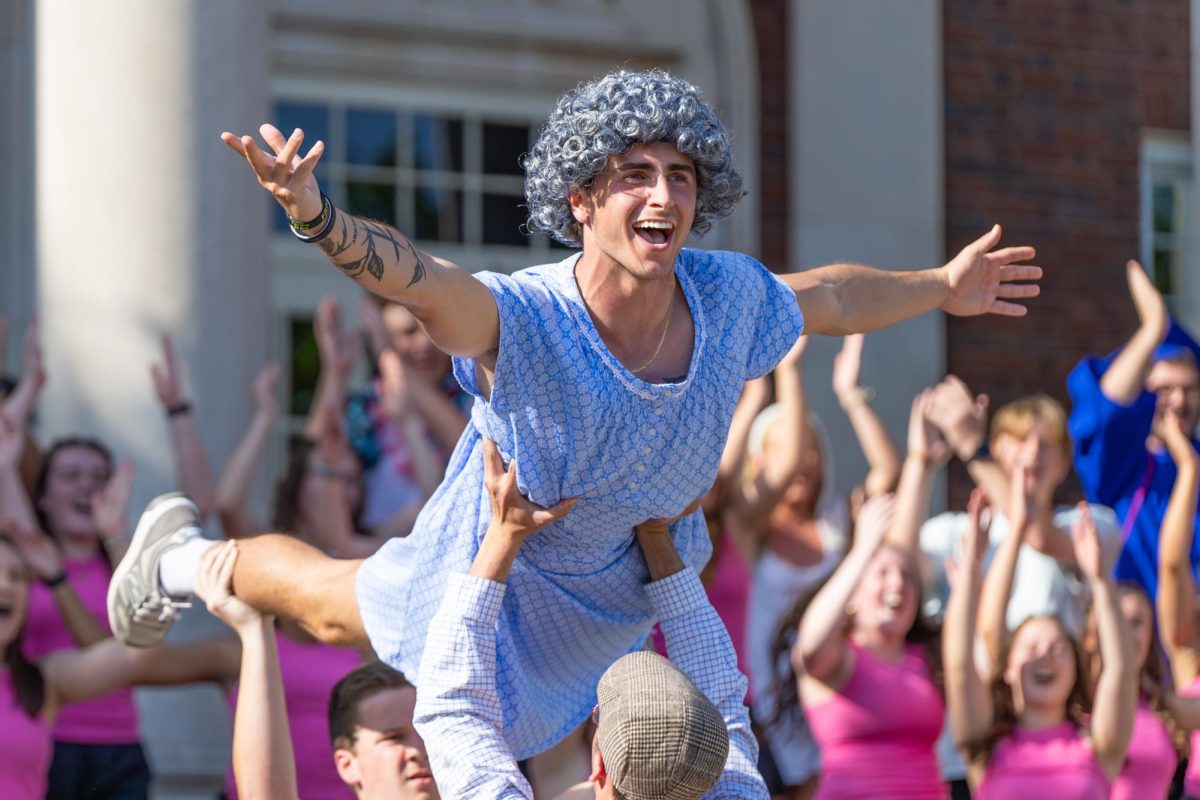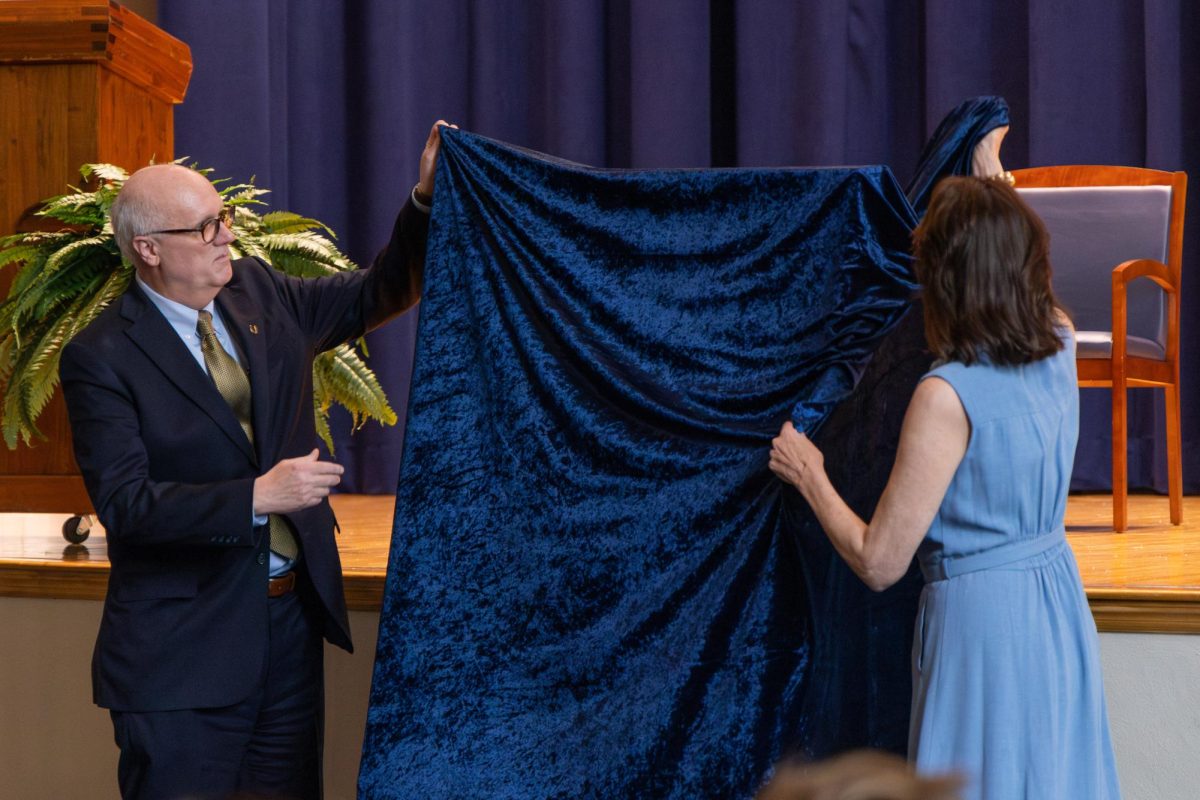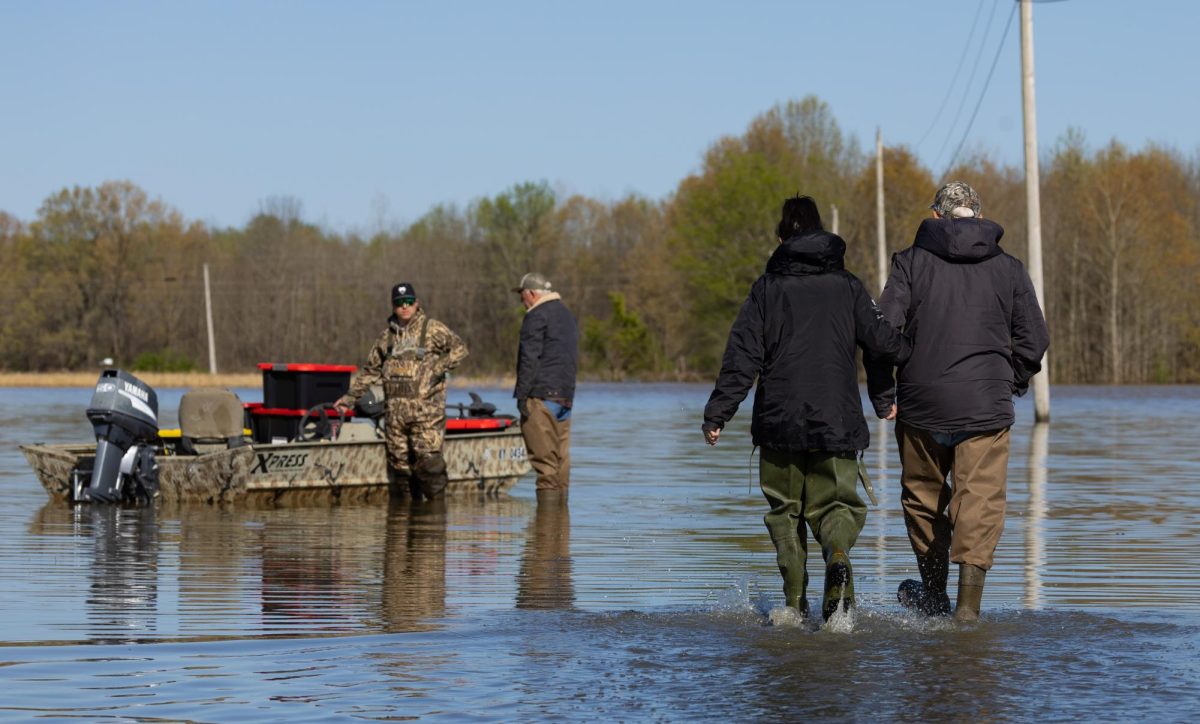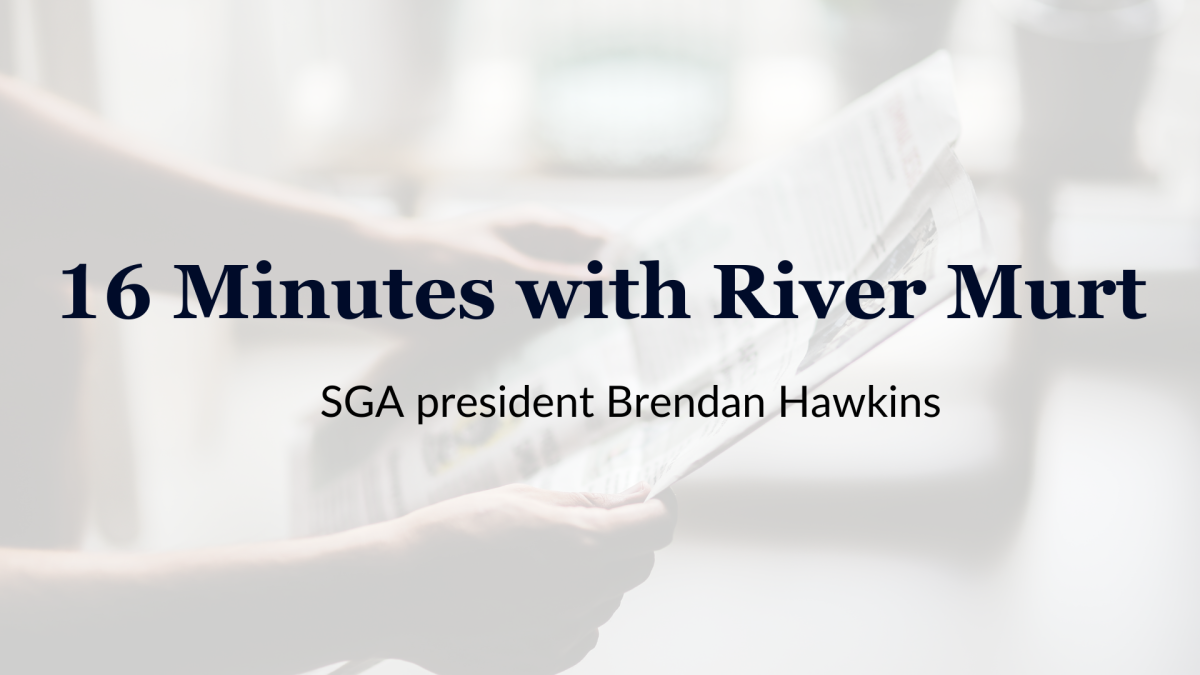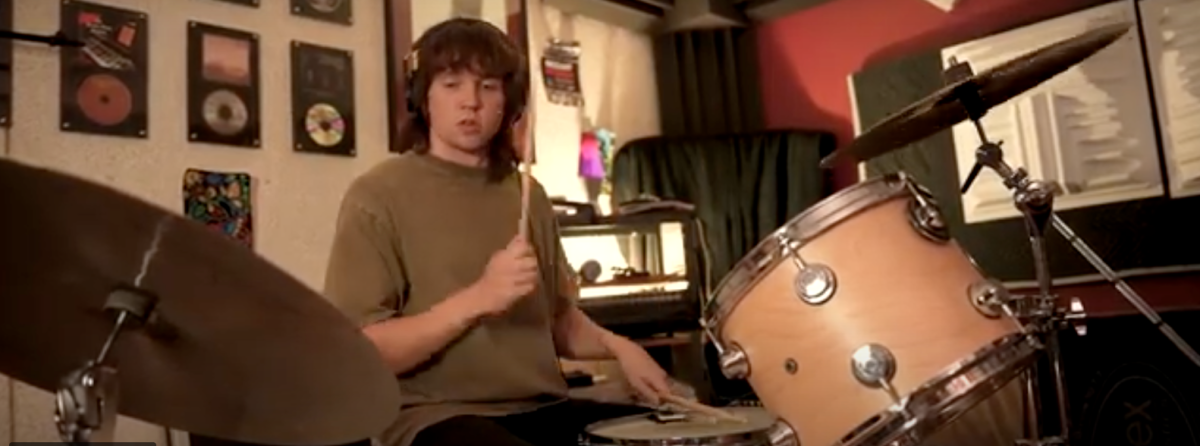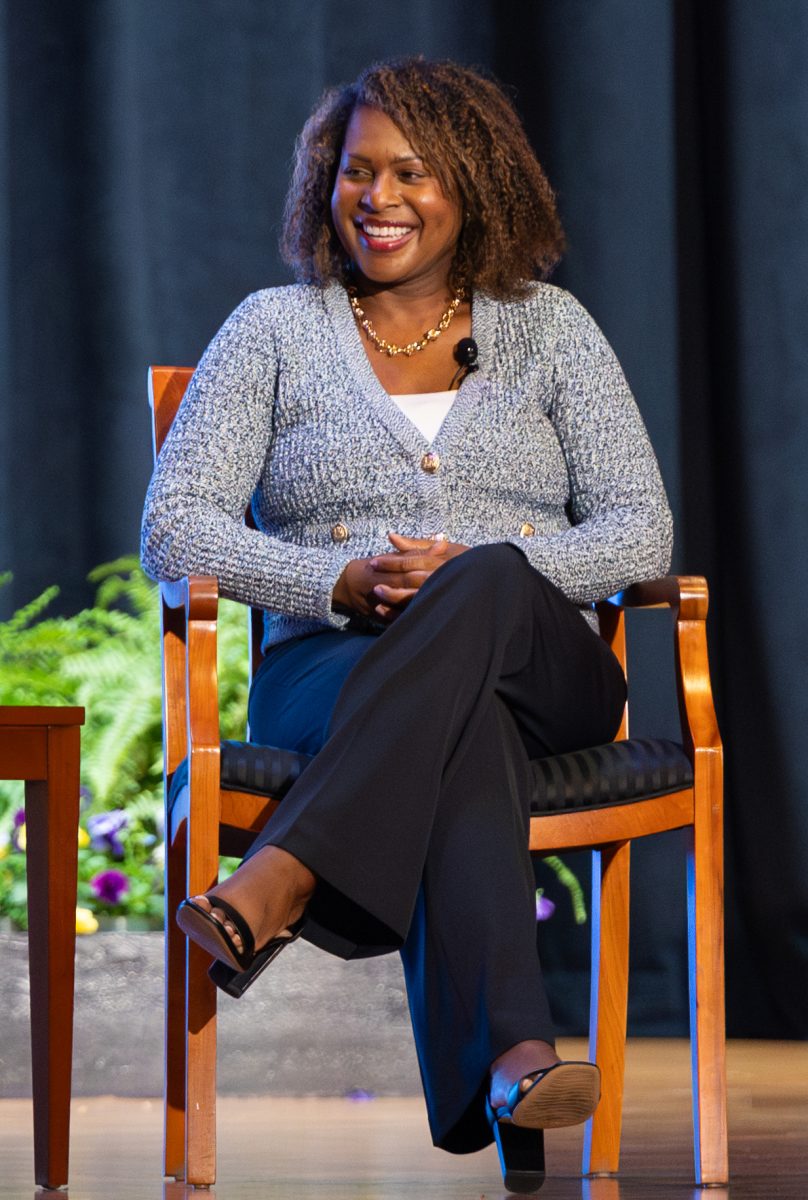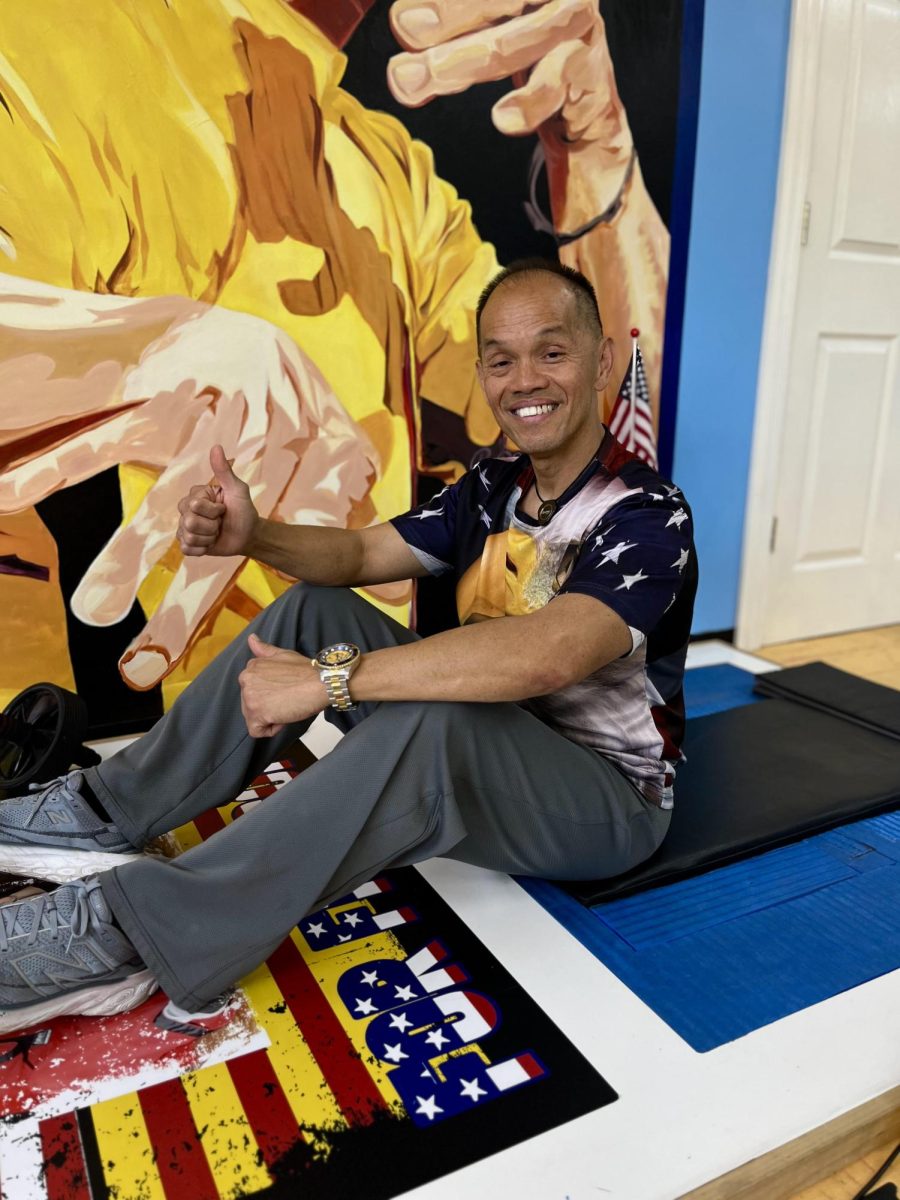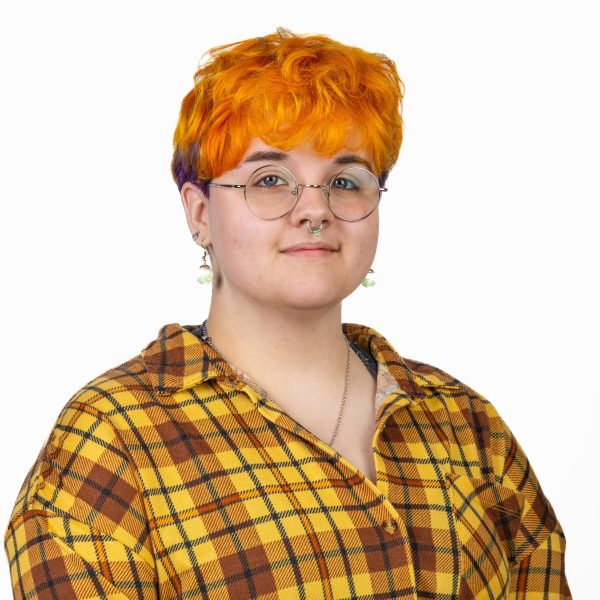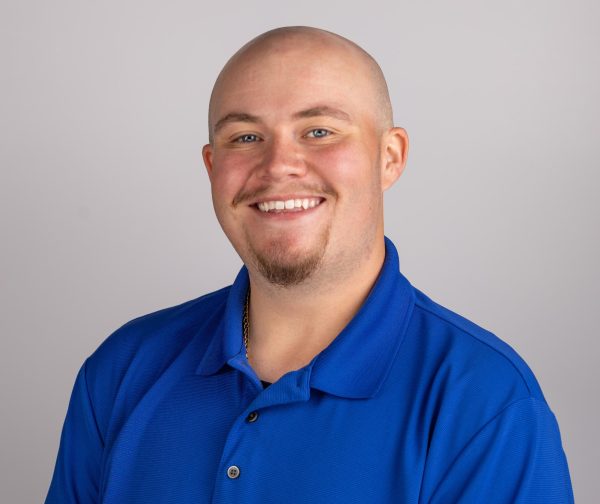Last Thursday, Murray State welcomed a guest speaker with advice on how to overcome any challenge on Earth and beyond.
Joan Higginbotham is a retired astronaut who worked for the National Aeronautics and Space Administration (NASA) from 1987 to 2007, first as an aerospace electrical engineer at the Kennedy Space Center (KSC) in Florida and eventually as an astronaut candidate at the Johnson Space Center (JSC) in Houston, Texas. She was the third African American woman to go to space in the space shuttle Discovery in December, 2006. The story of her time at NASA and beyond it teaches an inspiring and widely applicable lesson.
“I hope (students) take away a couple of things: first is the message about my journey and perseverance,” Higginbotham said. “The second is about leadership, teamwork and managing stress, and how if you have all those three under control, you can conquer challenges that come about.”
Higginbotham’s presentation, “Commanding the Unknown: Leadership and Stress Management from Space to Earth,” is part of the annual “Leadership by Design” series presented by BFW/Marcum, an engineering company operating in Paducah, Kentucky. BFW/Marcum representative Ben Stinnet spoke on his company’s core values and why they align with her message.
“At BFW/Marcum, we talk a lot about community,” Stinnet said. “So tonight is an example of us being able to give back. I graduated from Murray State, I’m a proud Racer… Community matters, leadership matters and Murray State knows this well.”
Higginbotham told the audience that being an astronaut was not the path she had in mind when she was in college. She interned for the International Business Machines Corporation (IBM) for several summers while she attended Southern Illinois University. However, IBM only offered her a job in technical sales, and she was forced to reconsider her plans after graduation. Then, a recruiter from the KSC called her and offered to let her tour their facility over spring break. She received this offer in 1987, just one year after the space shuttle Challenger disaster, and she hesitantly agreed to see what NASA had to offer.
Higginbotham said she was impressed by the center, especially when she saw the space shuttle Discovery being prepared for launch. She received her degree in electrical engineering and moved to Florida, starting as a payload electrical engineer and quickly rose to higher positions. She participated in 53 shuttle launches in 9 years.
“Being a young engineer at 22 years old (and) right out of college (when) most of the people in the industry were men… being taken seriously as a female engineer was a challenge that I had to overcome and learn how to work in that arena,” she said.
Higginbotham’s work as a rocket-scientist evolved into her journey to space when her boss at the KSC told her she would make a good astronaut. Her first application was unsuccessful, but she refused to give up. After receiving a degree in space systems from the Florida Institute of Technology and reapplying, Higginbotham was selected for the JSC’s astronaut candidate program in 1996.
However, she was not assigned to a mission for several years. After not being selected for a mission on the space shuttle Columbia, she said she began to doubt if she would ever go to space. But when Columbia disintegrated in reentry in 2003, resulting in the death of all seven crew members—three of which began training with her in 1996— she said she realized some opportunities are kept from you for a reason.
Finally, Higginbotham was assigned to the STS-116 mission on the space shuttle Discovery, the exact shuttle she saw during her first visit to the KSC.
The team training preparation that the STS-116 crew went through prior to their 13-day mission taught Higginbotham the three factors of success that she shared in her presentation: leadership, teamwork and stress management.
During their team training retreat, the crew of the STS-116 went on a week-long hike with one of the seven in charge every day. Higginbotham said this prepared them for vital work on the shuttle that required one mission specialist to guide the team.
Equally important as leadership skills, the ability to follow her crew members and collaborate allowed the crew to work as an efficient team.
“The thing that was most notable was working with a great, diverse group of people,” Higginbotham said. “I love the fact that despite all of our differences, we were able to come together and work for a common good. That’s a pretty high achievement, I wish we could do that a little bit more on earth.”
Higginbotham’s last point was a guide to managing high stress situations, whether they be daily struggles or large-scale events. Her four essential tips were to regulate breathing, create a plan to circumvent the stressor, don’t be afraid to ask for help and to always take care of yourself, both physically and mentally.
“When you think about the job that I had, I literally had the lives of any astronaut who flew on the shuttle in my hands (because) I did the electrical reconfiguration for the space shuttle,” she said. “So if you look at the gravity and responsibility of that, that’s stress.”
To conclude the presentation, members of the Eta Upsilon chapter of Delta Sigma Theta asked Higginbotham a selection of audience submitted questions. Sorority President Britney Buckner joined Higginbotham on stage to discuss her experience as the third African American woman in space, advice for people going into similar fields and what changes in the STEM world could increase diversity.
Matt Purdy, director of career services, said Higginbotham’s journey really resonated with him and her advice applied to far more than engineering students.
“I appreciate BFW/Marcum for bringing a speaker like Higginbotham on campus,” Purdy said. “She is such an accomplished individual and inspirational figure. I think her message transcends whatever subject somebody is teaching.”


